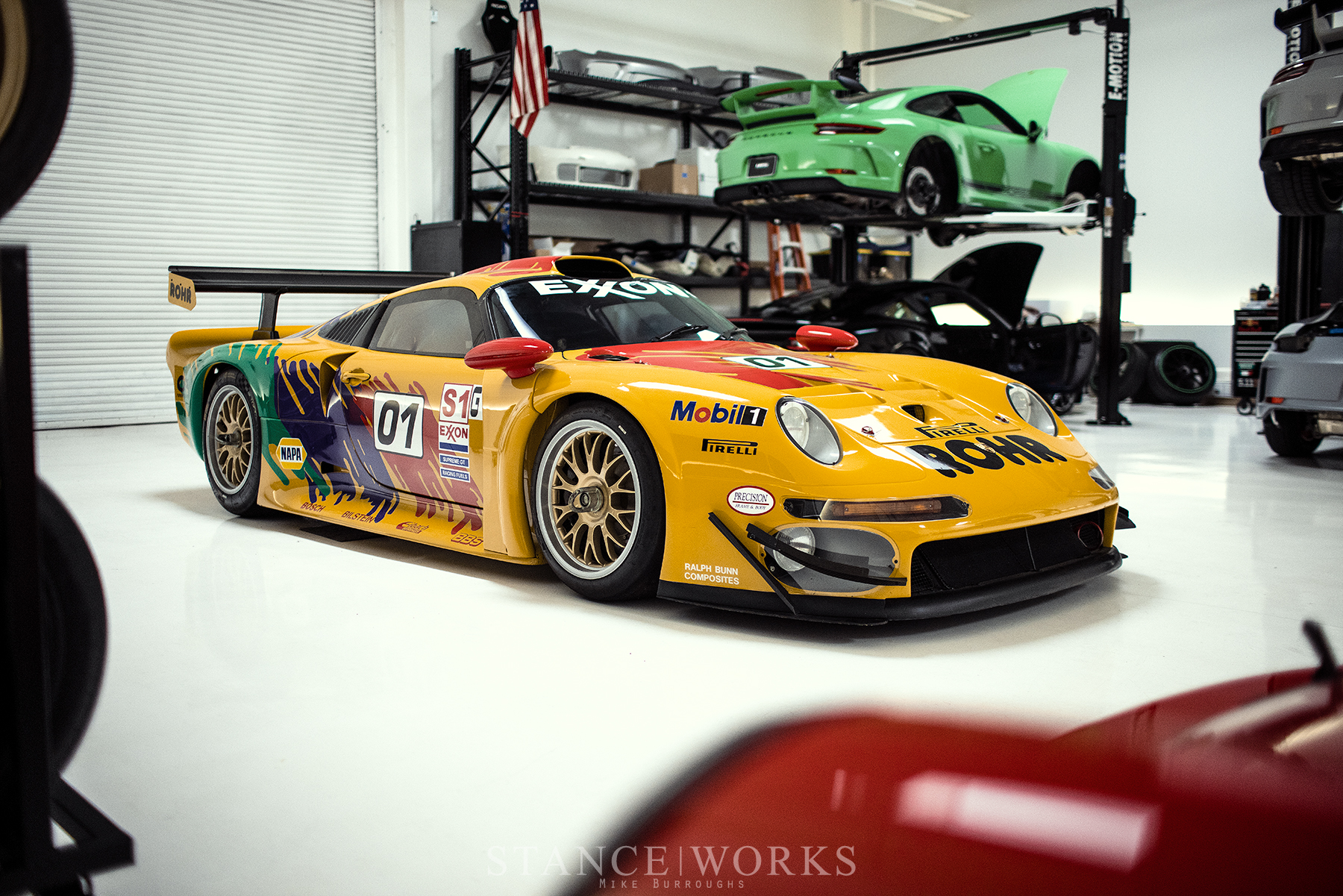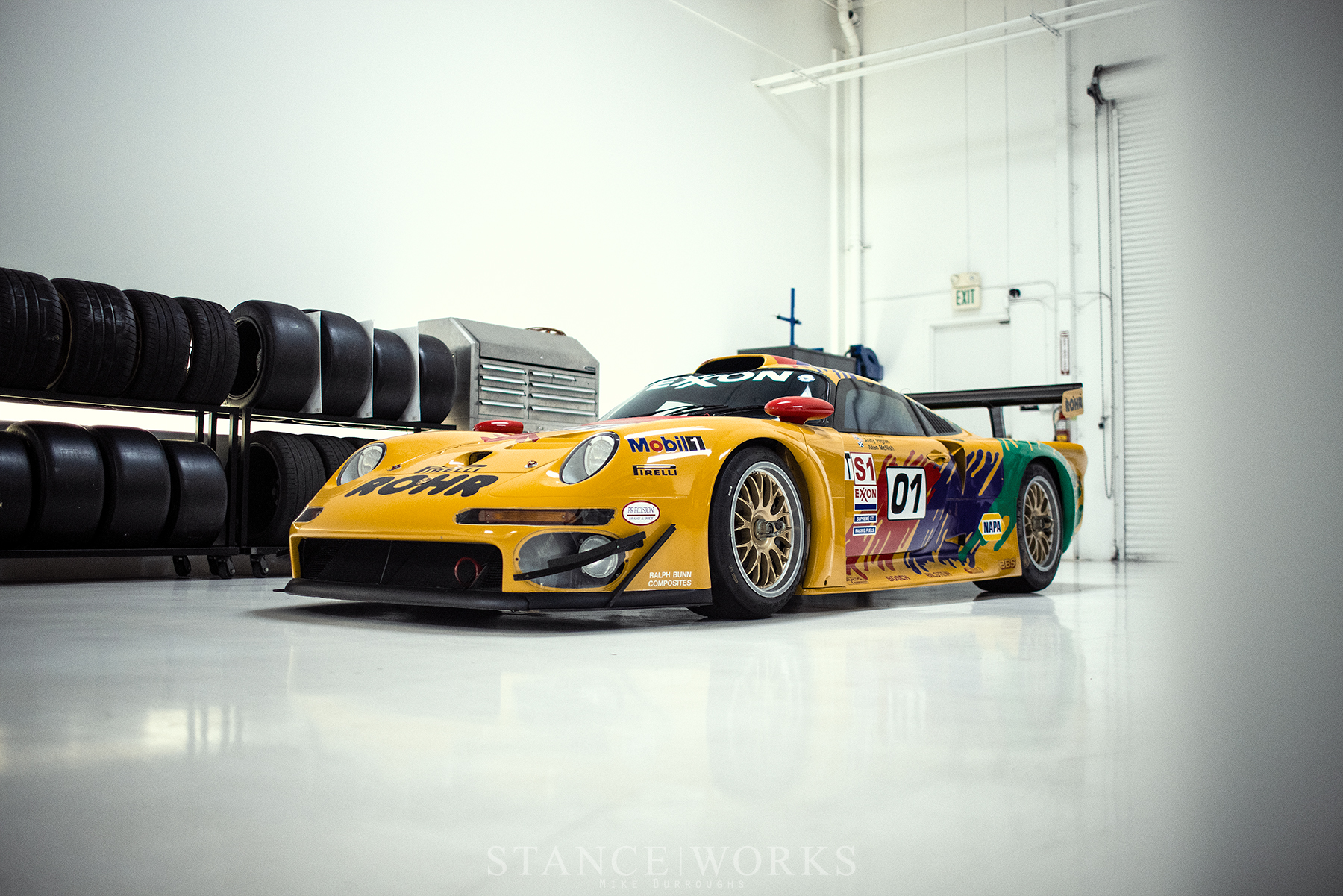
In the Presence of a Legend – The Porsche 911 GT1 at E-Motion Engineering
There's no brand on earth with a name more instilled in the spirit racing than Porsche. Argue if you must, but their track record will back up such magnificent claims. From Le Mans wins to Nurburgring records, and from IMSA championships to cup racing, Porsche runs the gamut as an indisputable victor, forging ahead with a mission to build the best cars -- both for the track and the street -- that they possibly can. In fact, it's this very mindset that brings us the 911 GT1: the ultimate rendition of the iconic 911 platform, built to take on the likes of the McLaren F1 and the Ferrari F40 in what eventually became the FIA GT Championship.
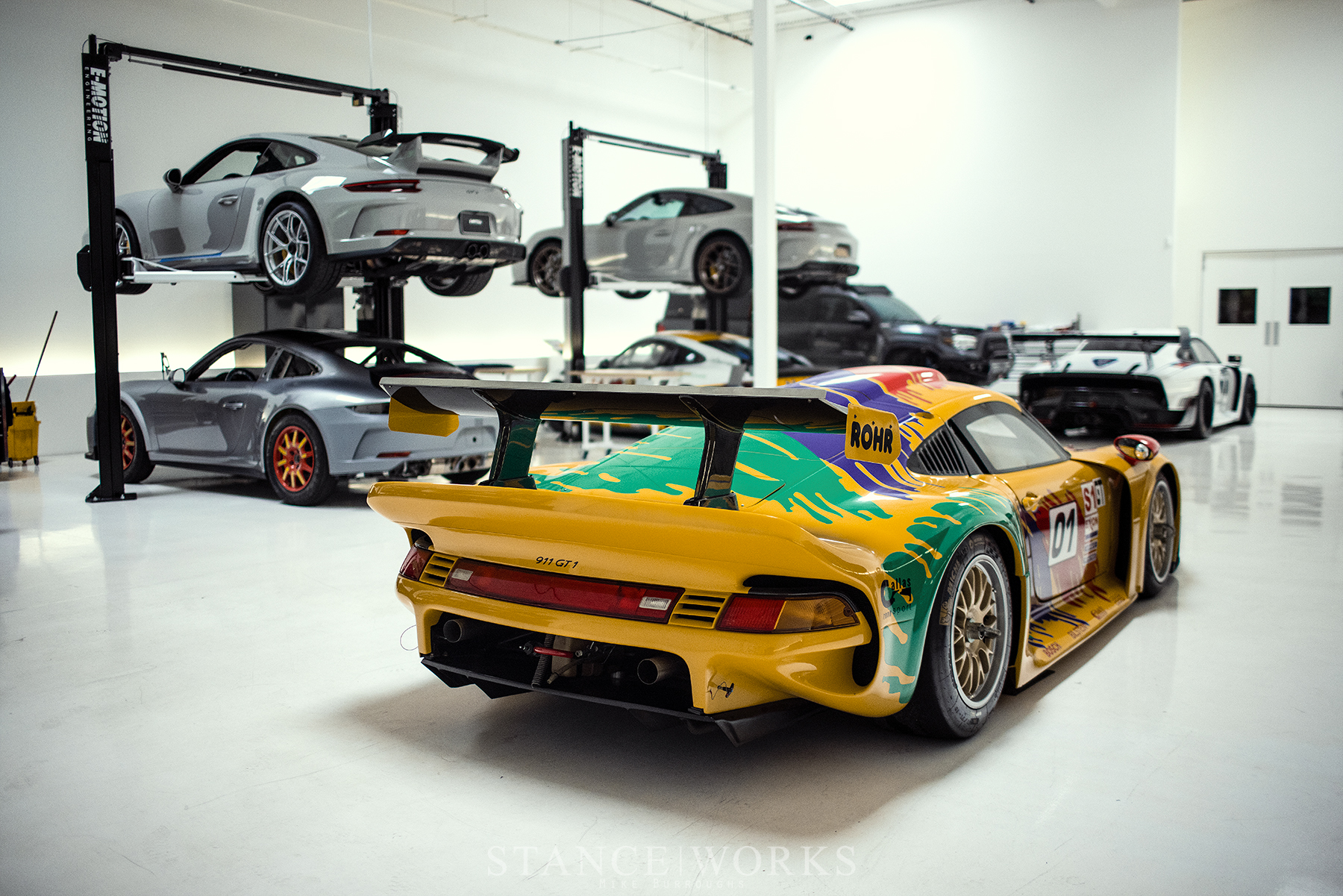

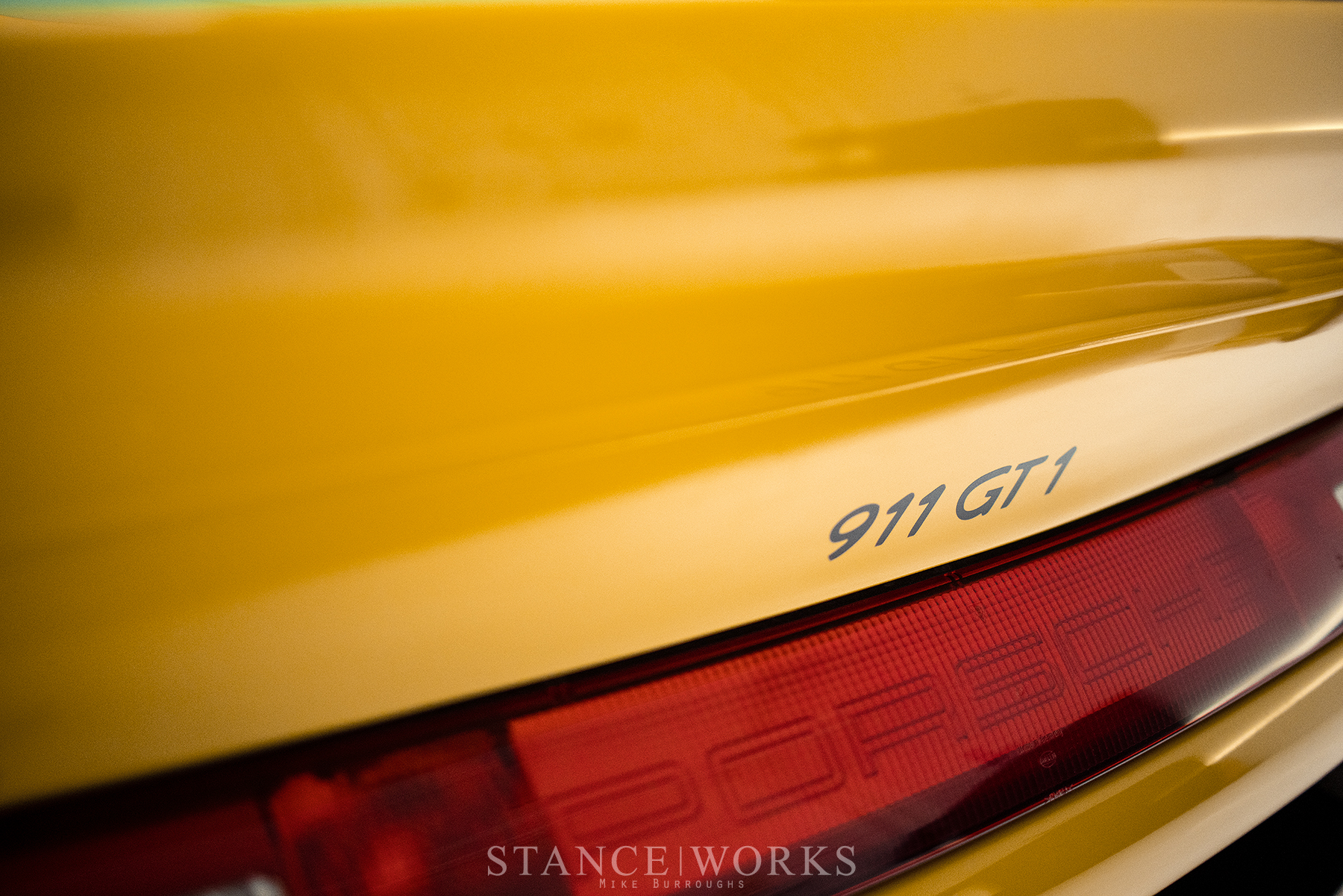

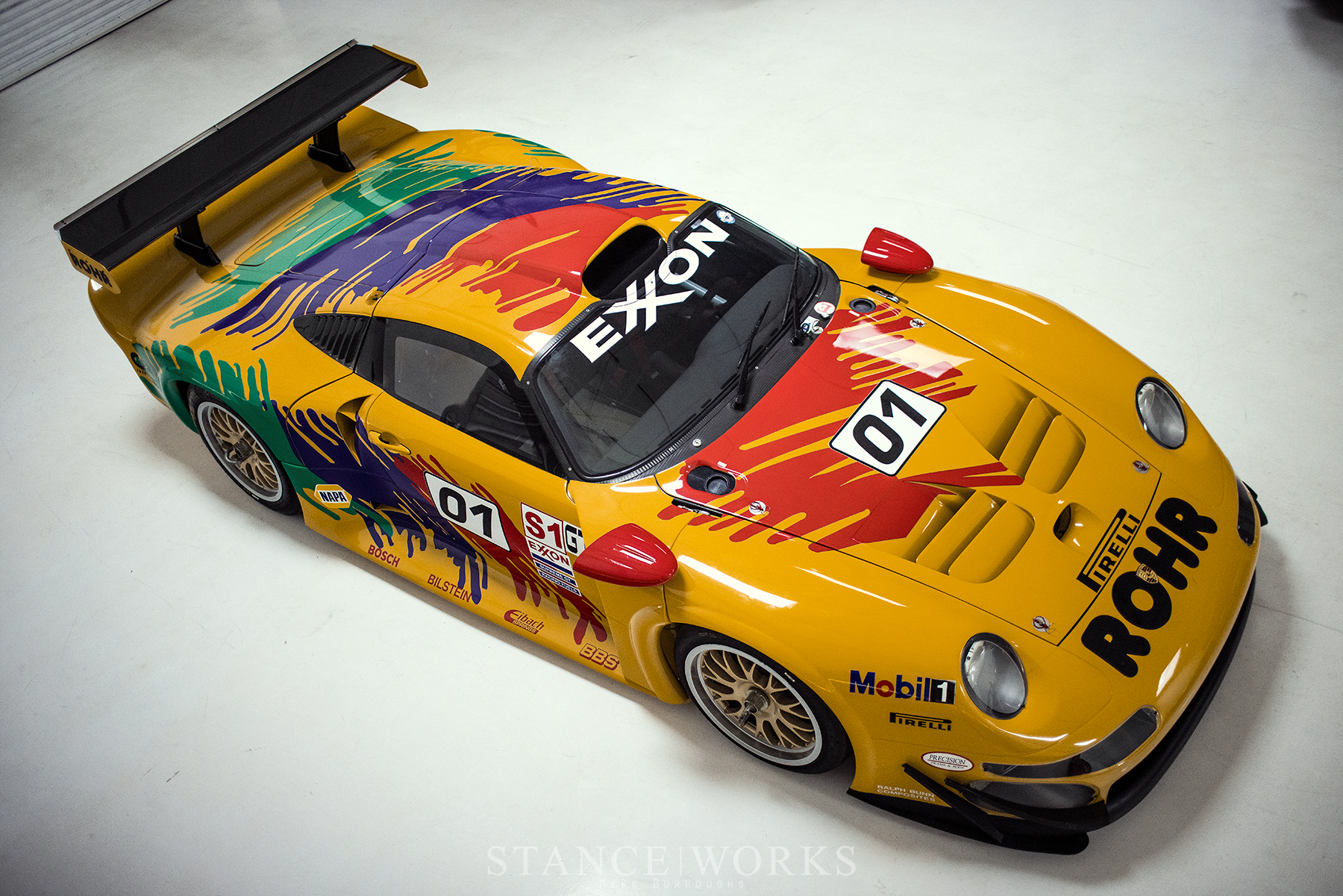

Of its 135 races following a debut at the 1996 24 Hours of Le Mans (where it finished 2nd and 3rd overall, and 1st and 2nd in class), the GT1 went on to win 47 in total, proving itself to be a formidable competitor in the field of legends like the McLaren F1 GTR that won in 1996, and the Mercedes CLK GTR that took the championship in 1997. While the GT1 never managed to claim a championship title, its final version, the GT1-98, claimed a then-record-breaking 16th overall victory at the 24 Hours of Le Mans, cementing itself in history as a true legend of motorsport.
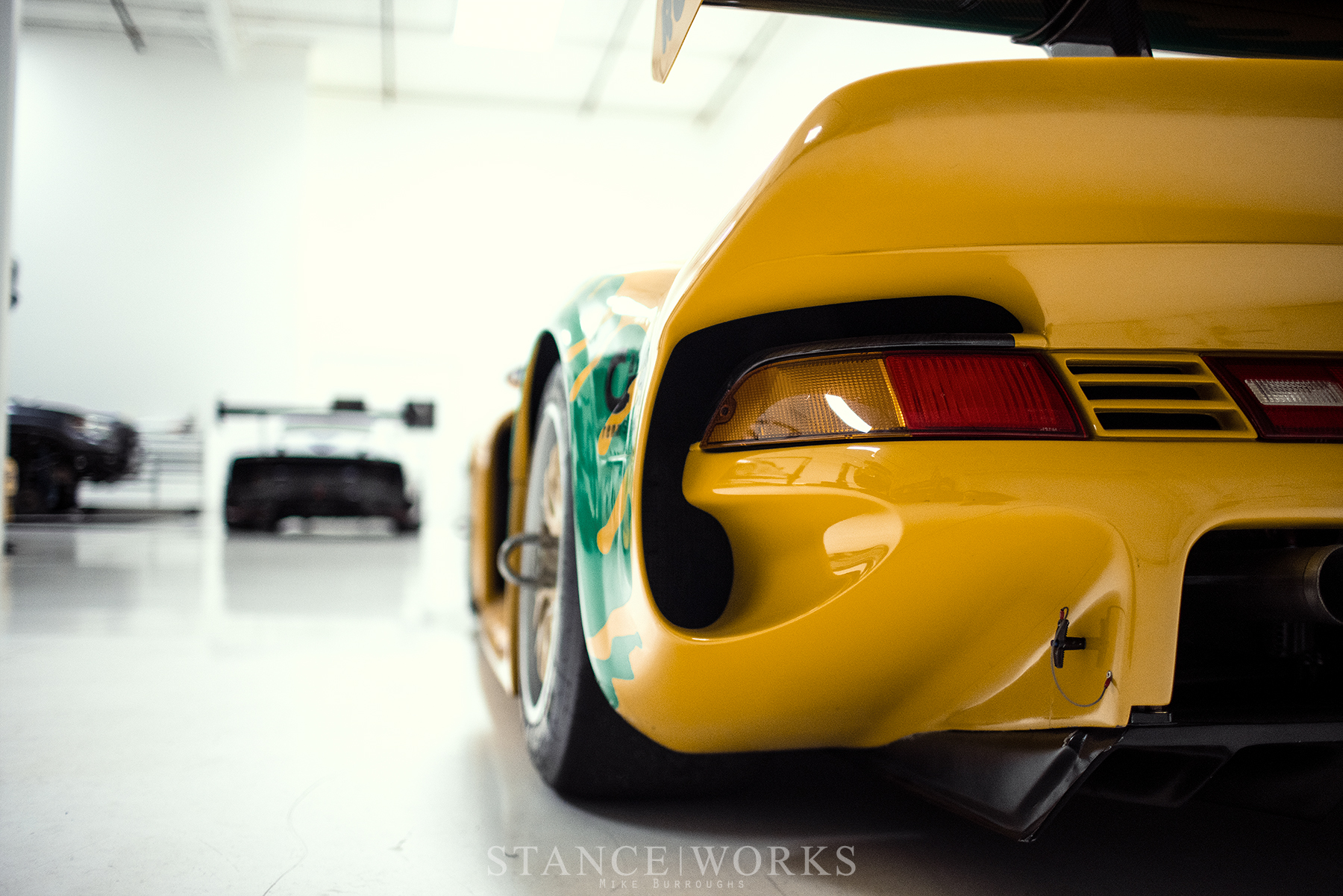
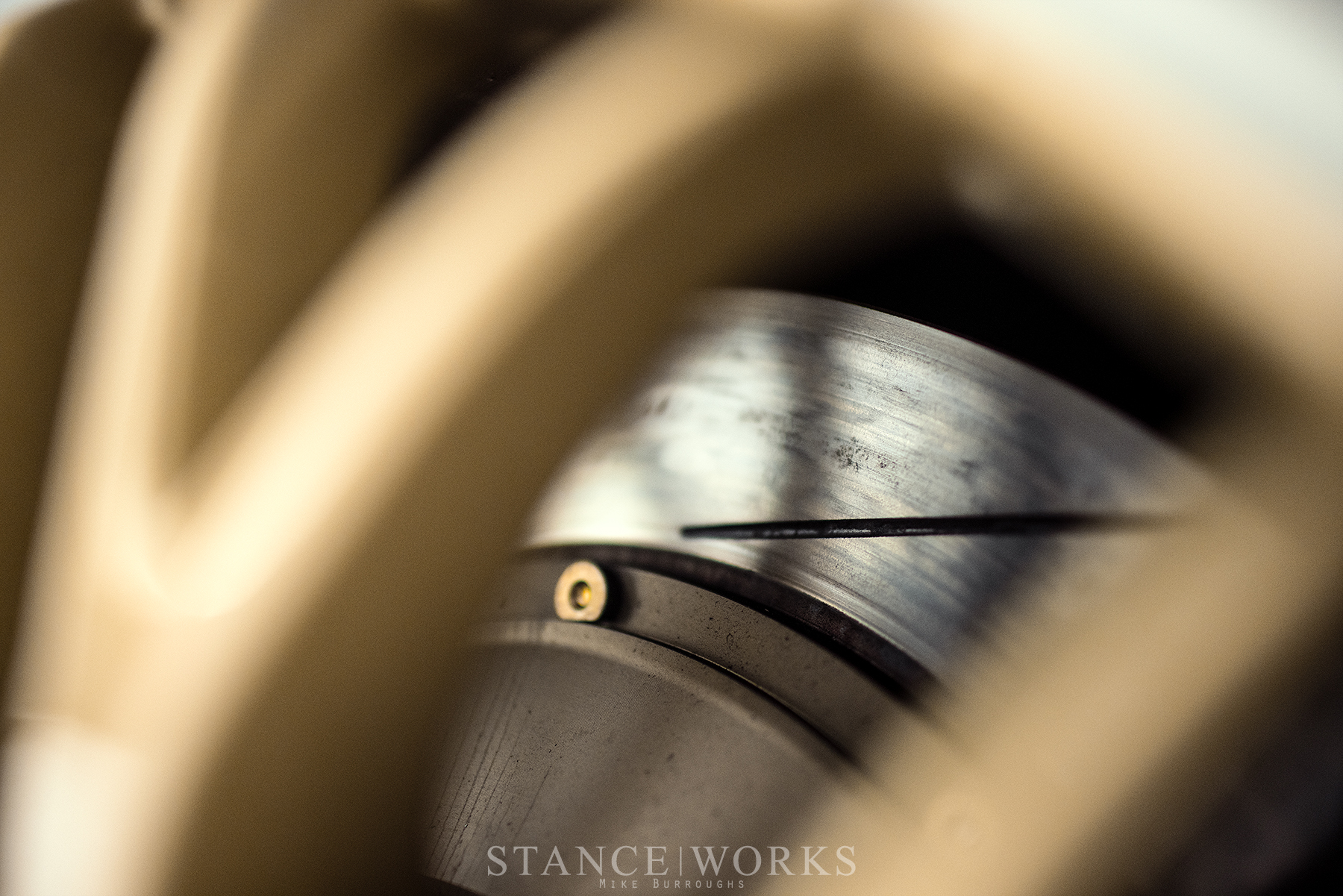
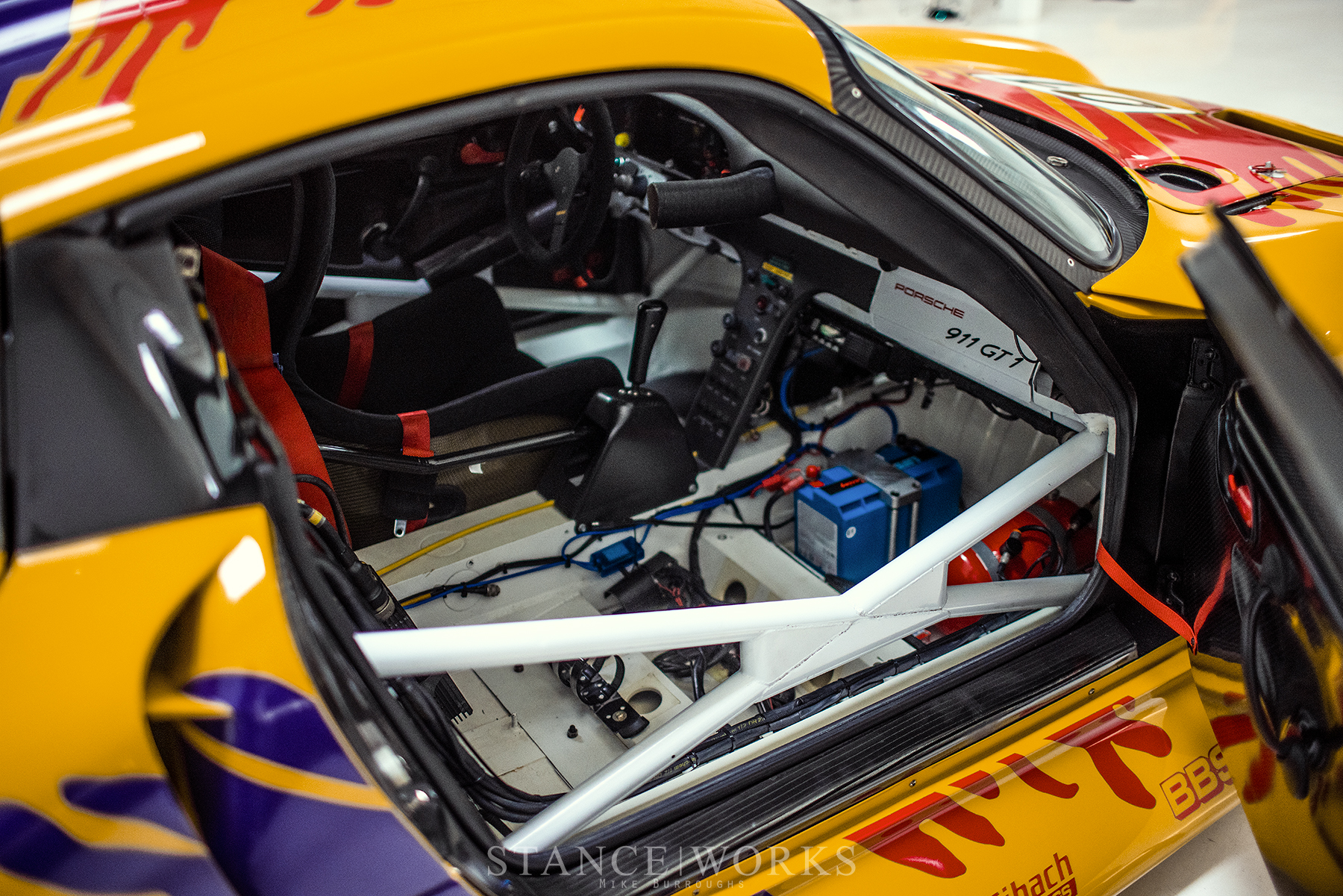
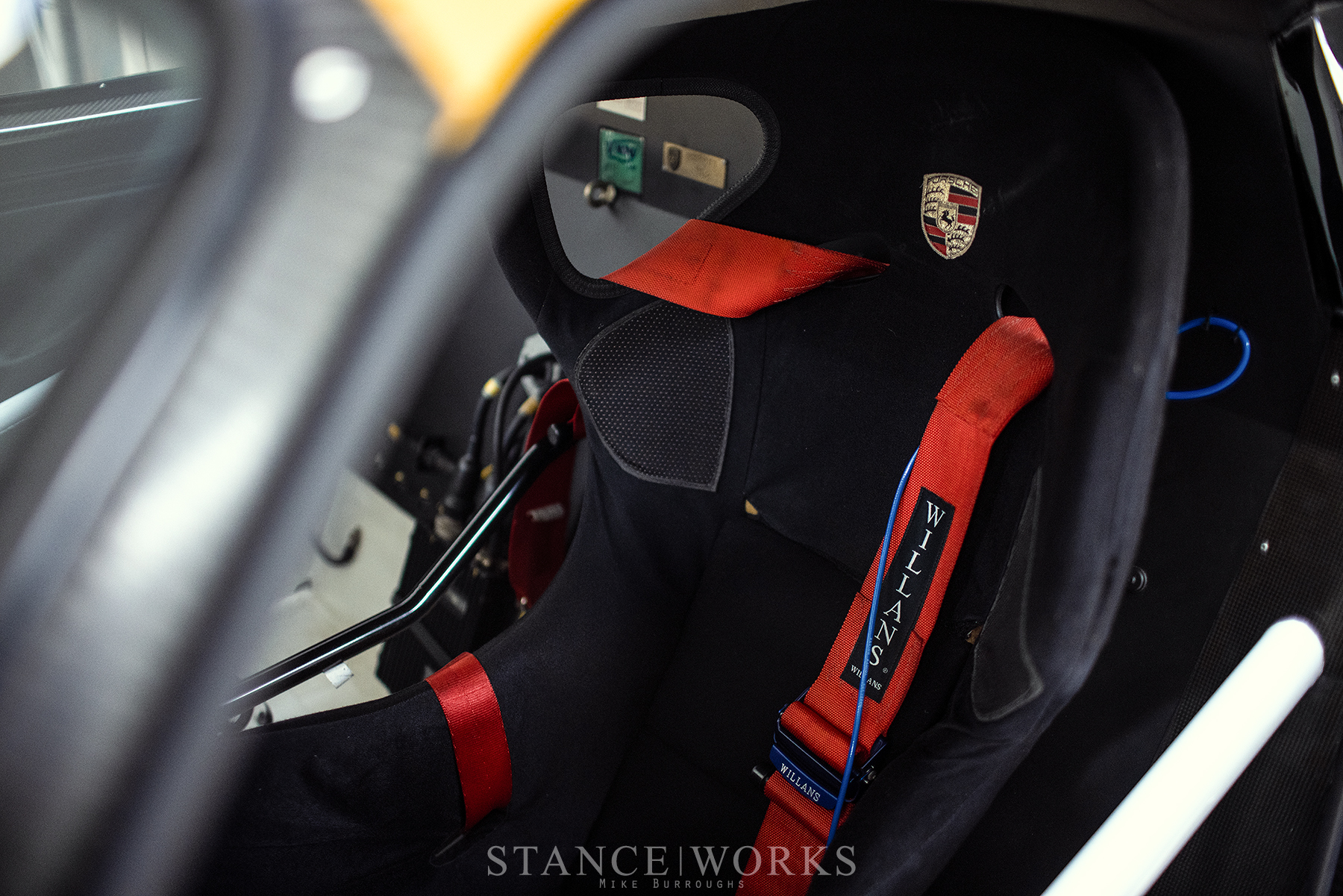
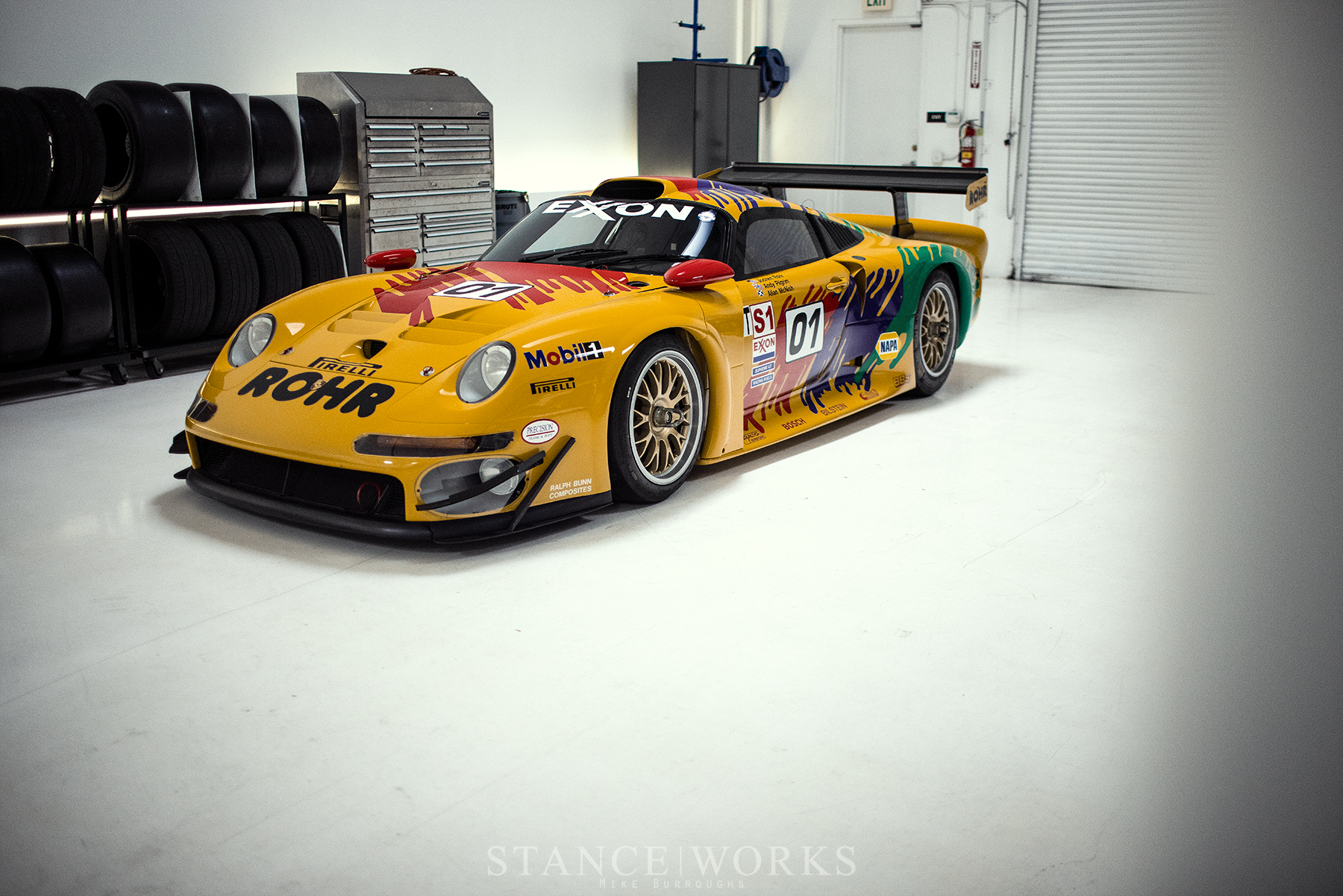
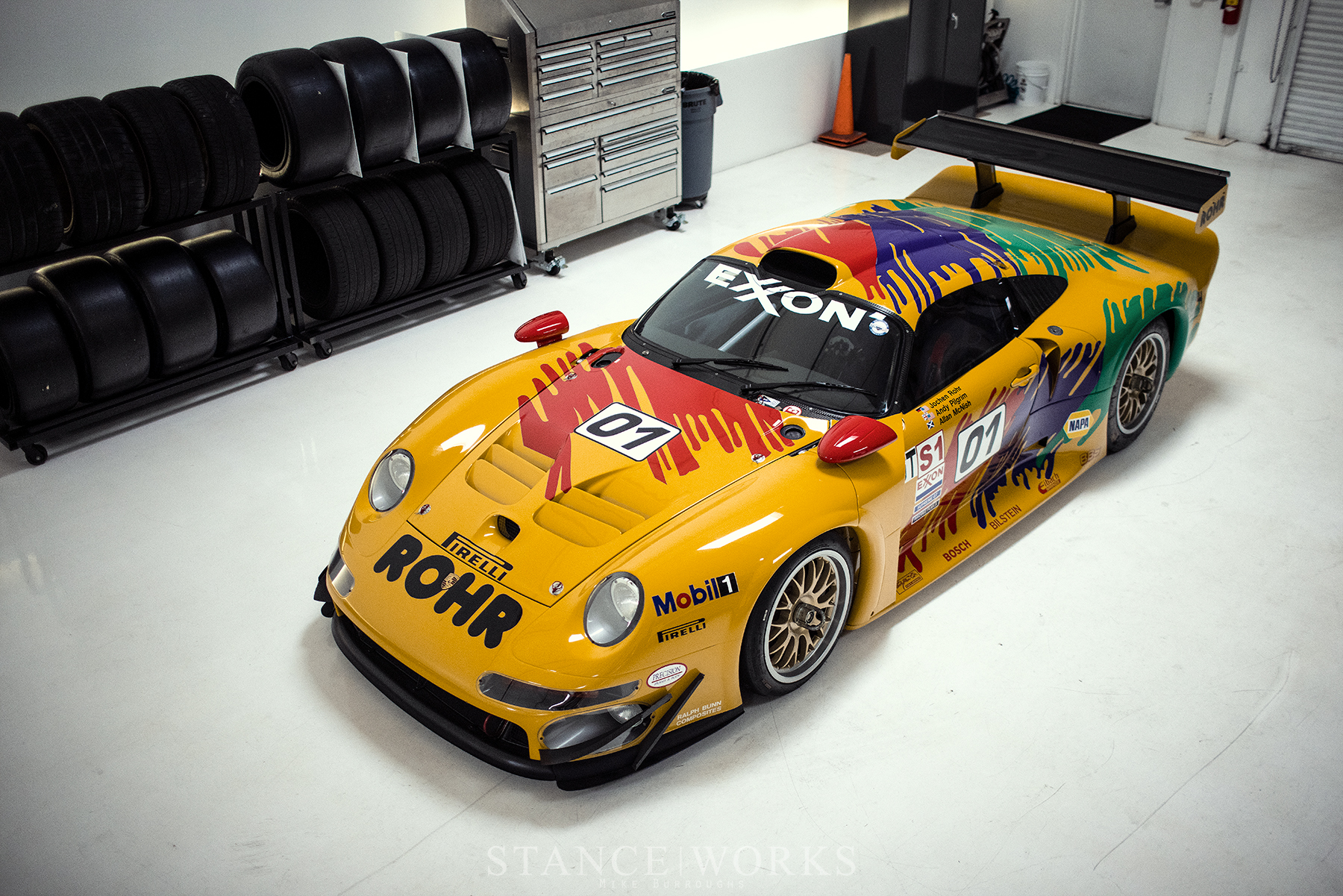
The Gt1 was born from Porsche's desire to return to top-tier sports car racing, which, by the mid 1990s, had found a real sense of momentum. The BRP Global GT series had been born as replacement for the World Sportscar Championship which had come to an end in 1992, and ran from 1994 through 1996 before being rebranded as the FIA GT Championship. By the time the BRP series had kicked off, though, Porsche's 962 was old news, having been introduced a decade earlier in 1984. Thus, Porsche needed a new car, something built from the ground, up.
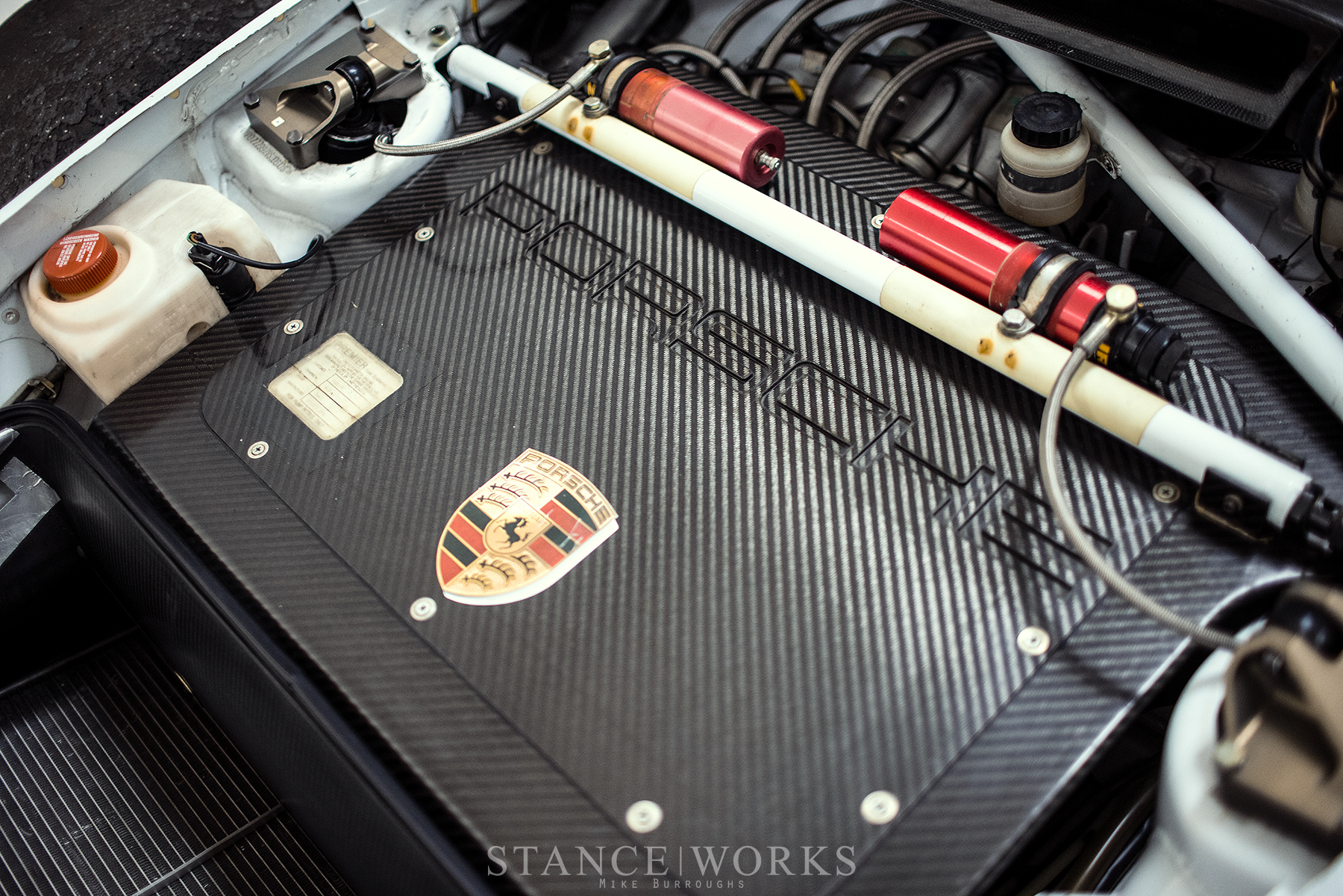
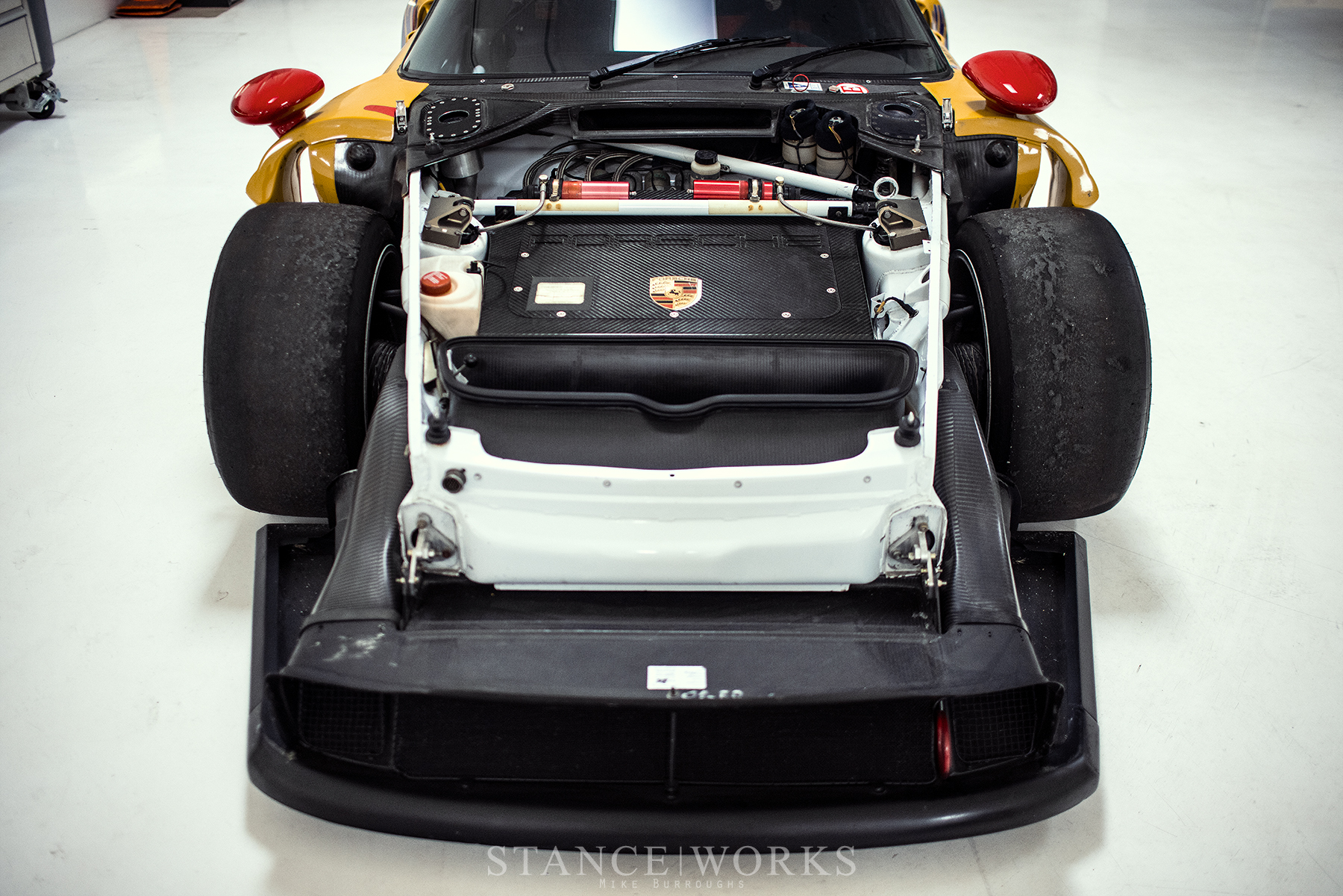
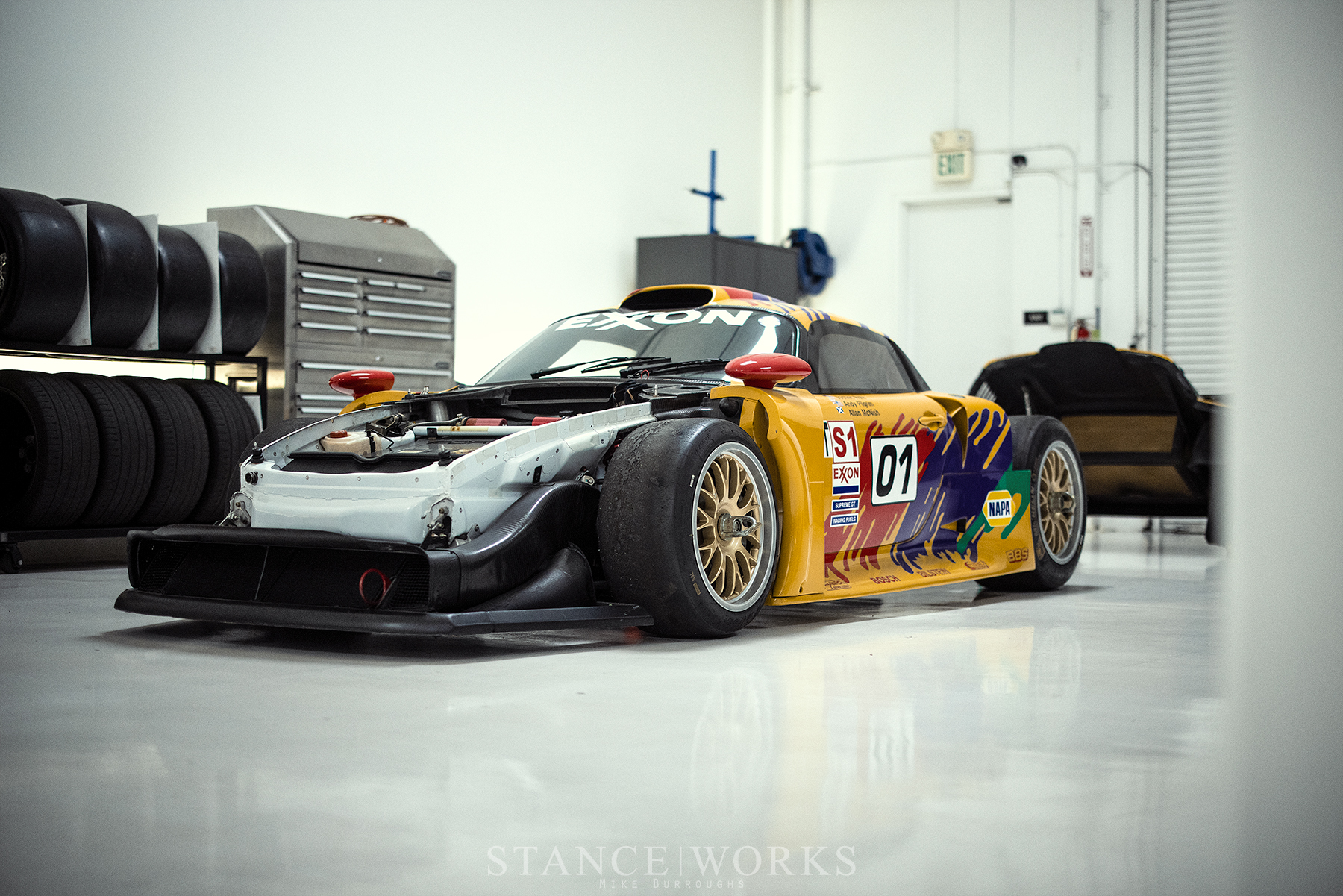
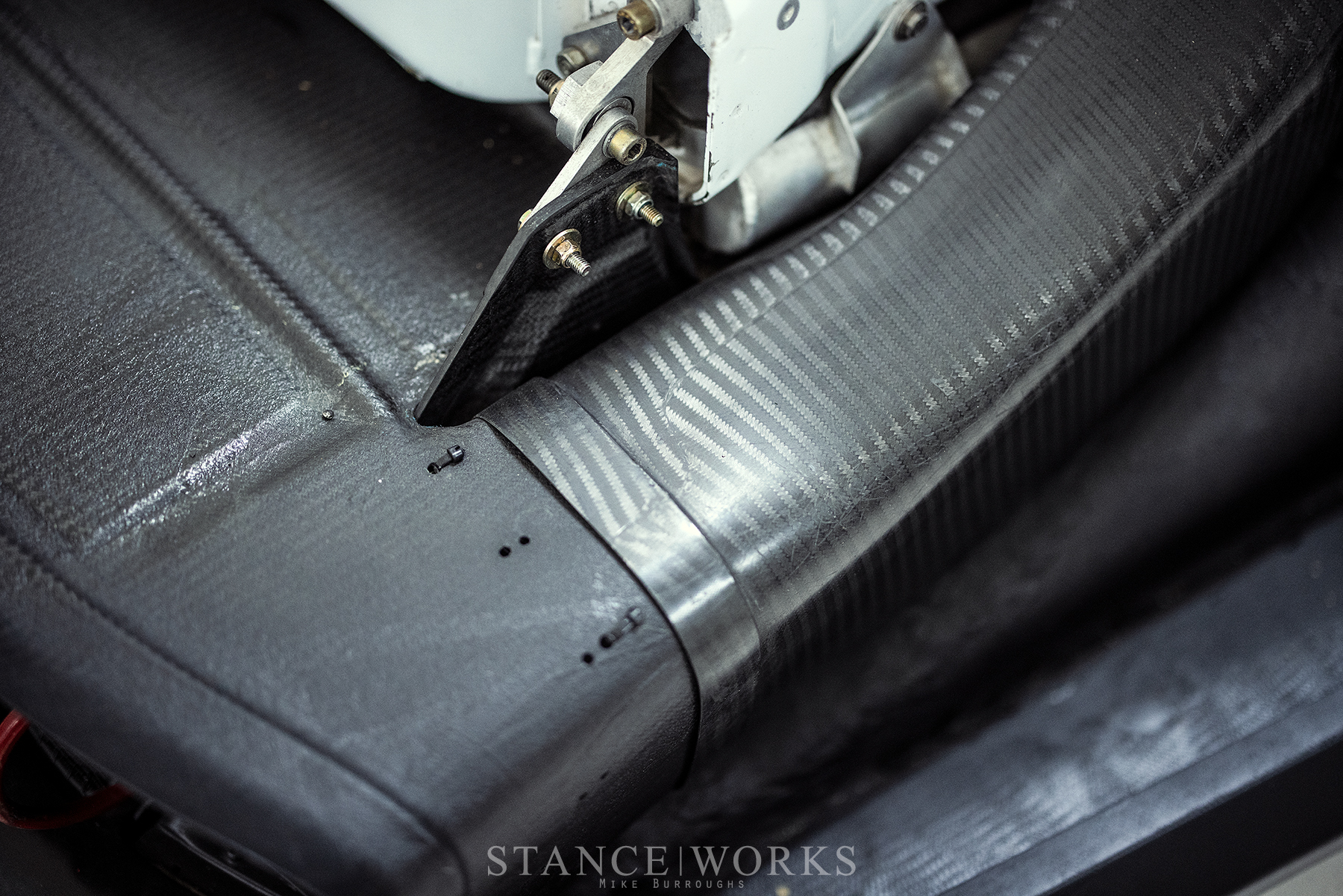

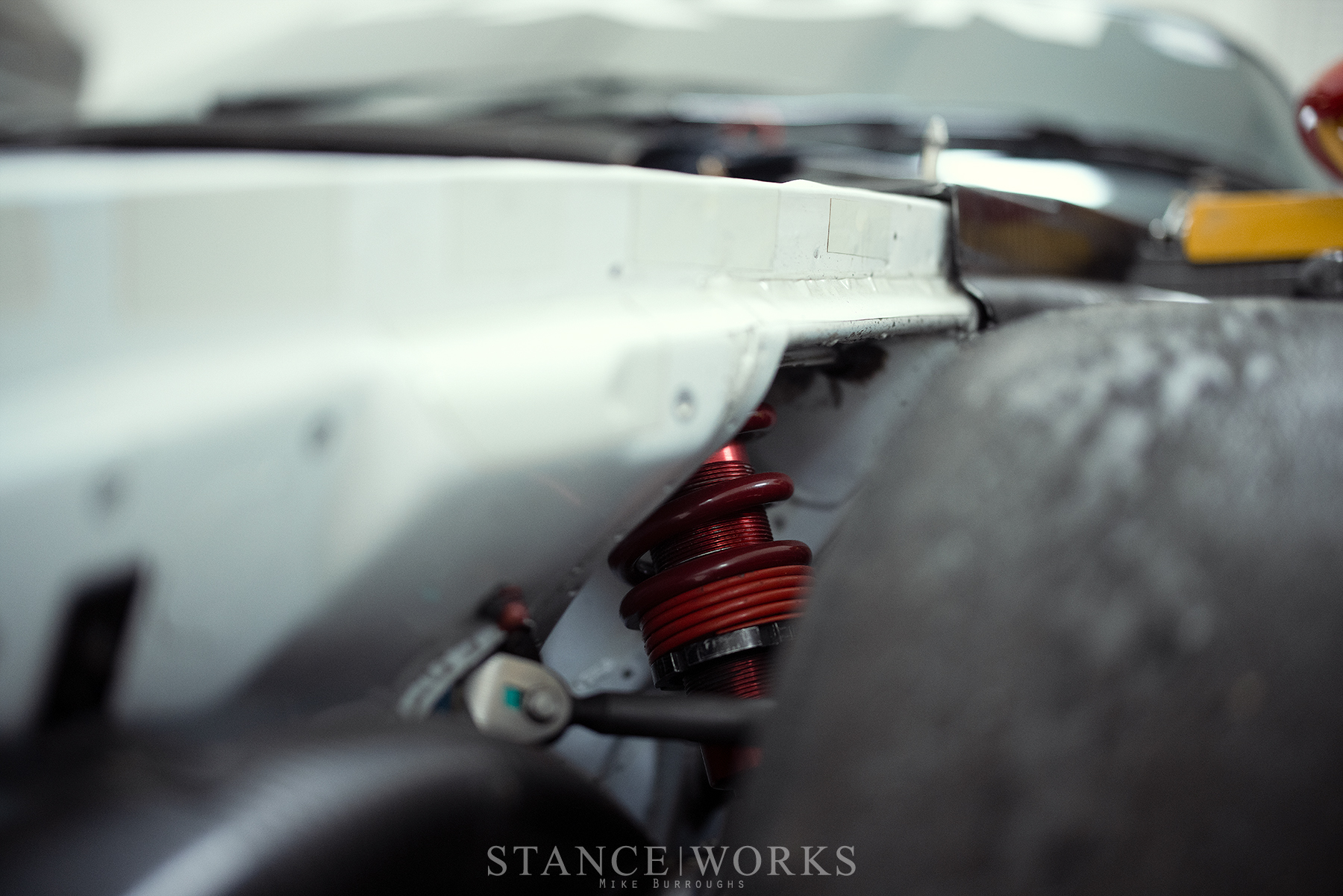
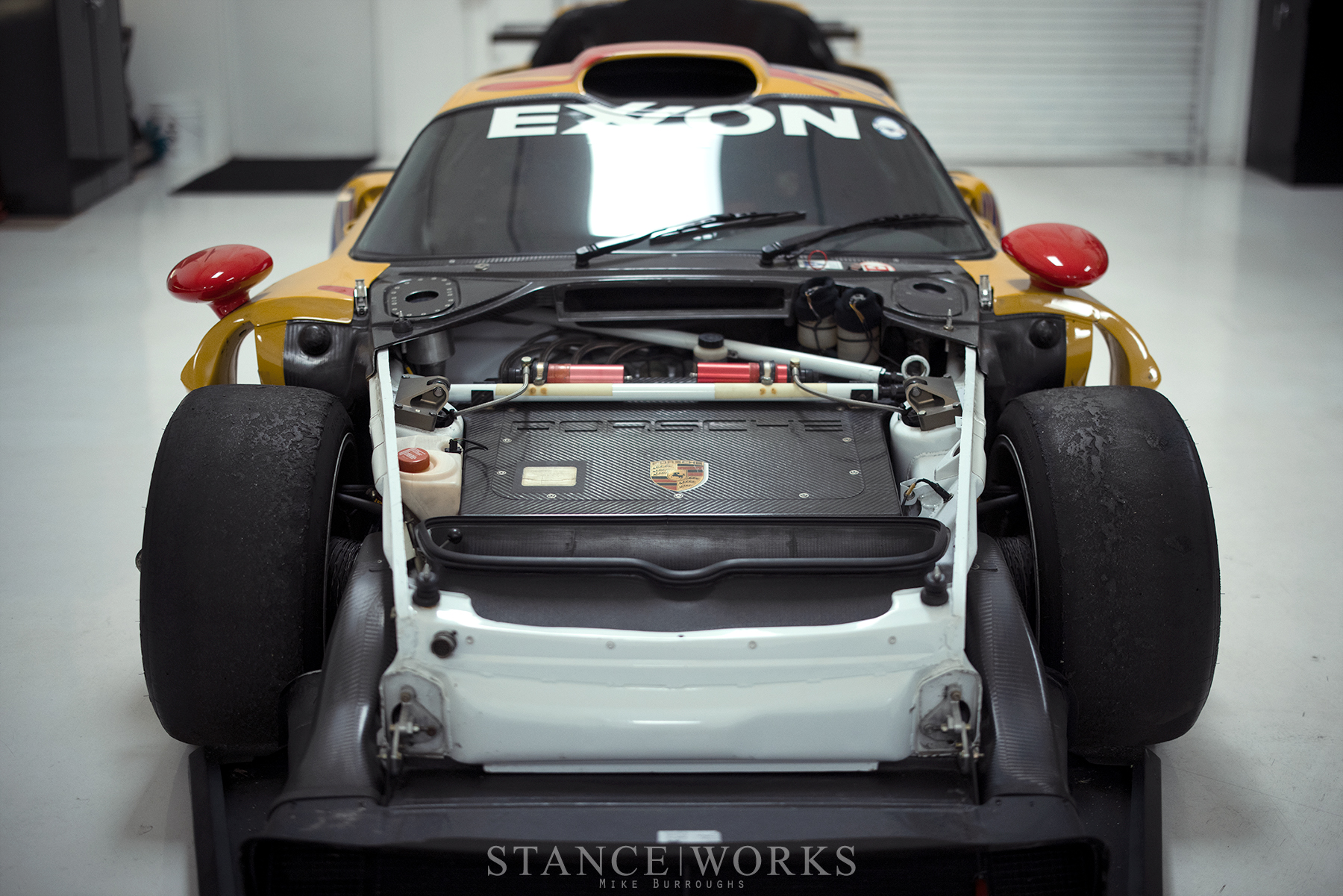
While the GT1 visually shares its DNA with the road-going 911 counterpart, the flesh and bones that lie beneath its carbon-fiber skin share little in common with the car found in many garages across the globe. The GT1's front end retains some 993 sheet metal and geometry, but borrows its back half from the 962, and is mated together with an extensive tube chassis and lots of carbon fiber. Under the massive rear clamshell is a 3.2-liter four-valve engine which was also derived from its predecessor. The 3.2 was paired with two turbos and Bosch fuel injection and mounted midship, pumping out nearly 600 horsepower in a car that weighed right around 1,000kg. The numbers are impressive on paper, but were proven in reality when the GT1 posted a top speed of 205 miles-per-hour on the famed Mulsanne Straight during the practice sessions for the 1996s running of the 24 Hours of Le Mans.
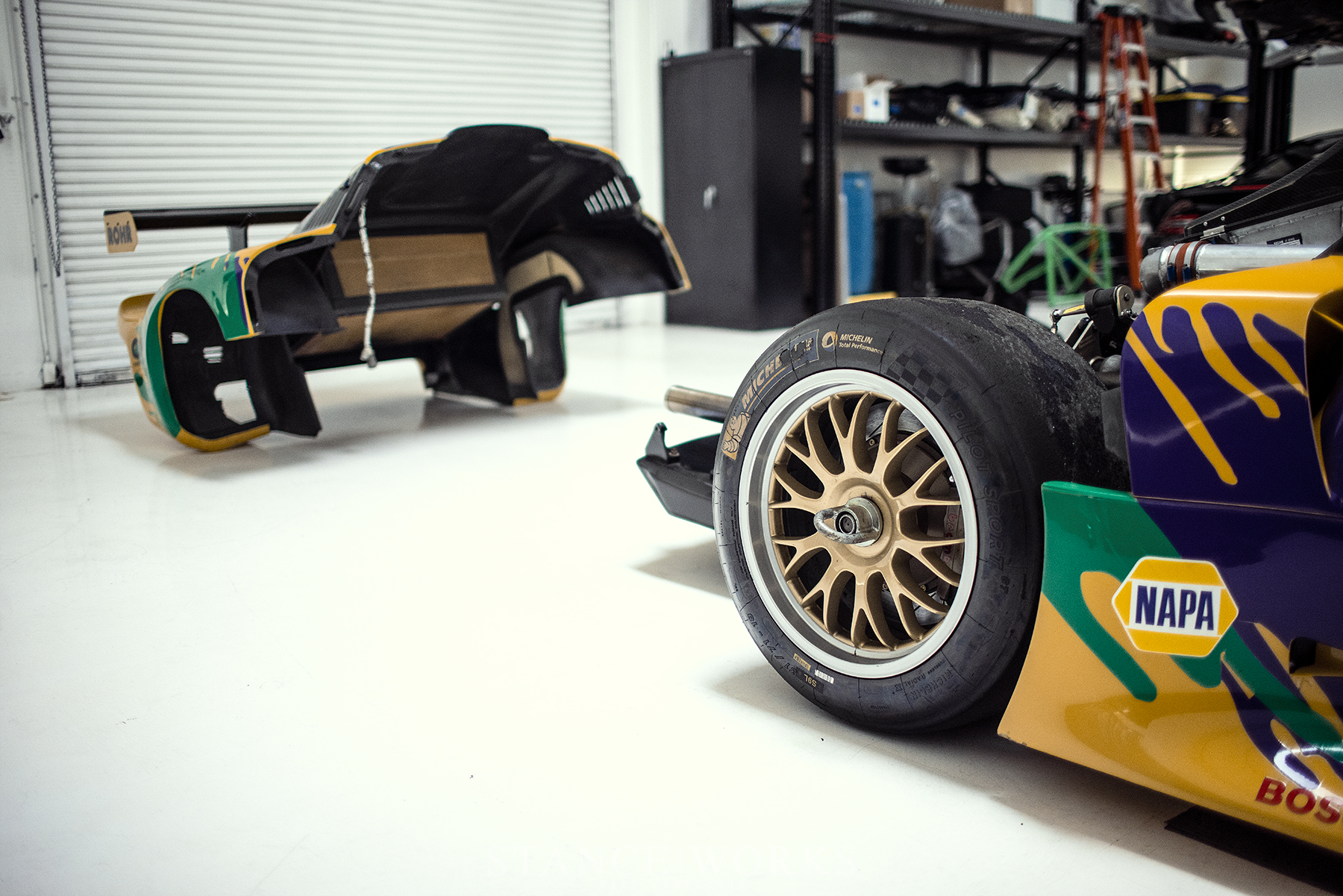
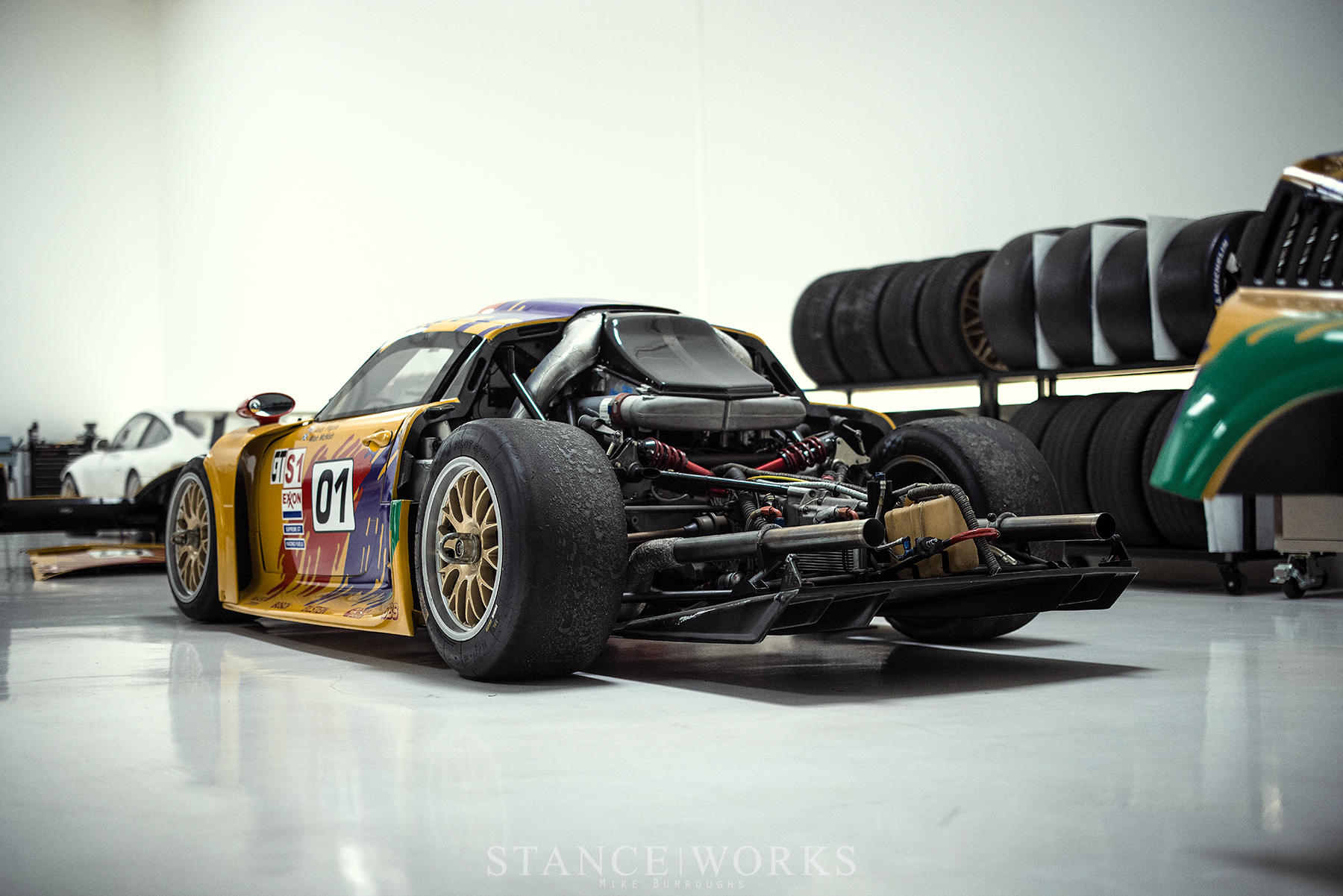
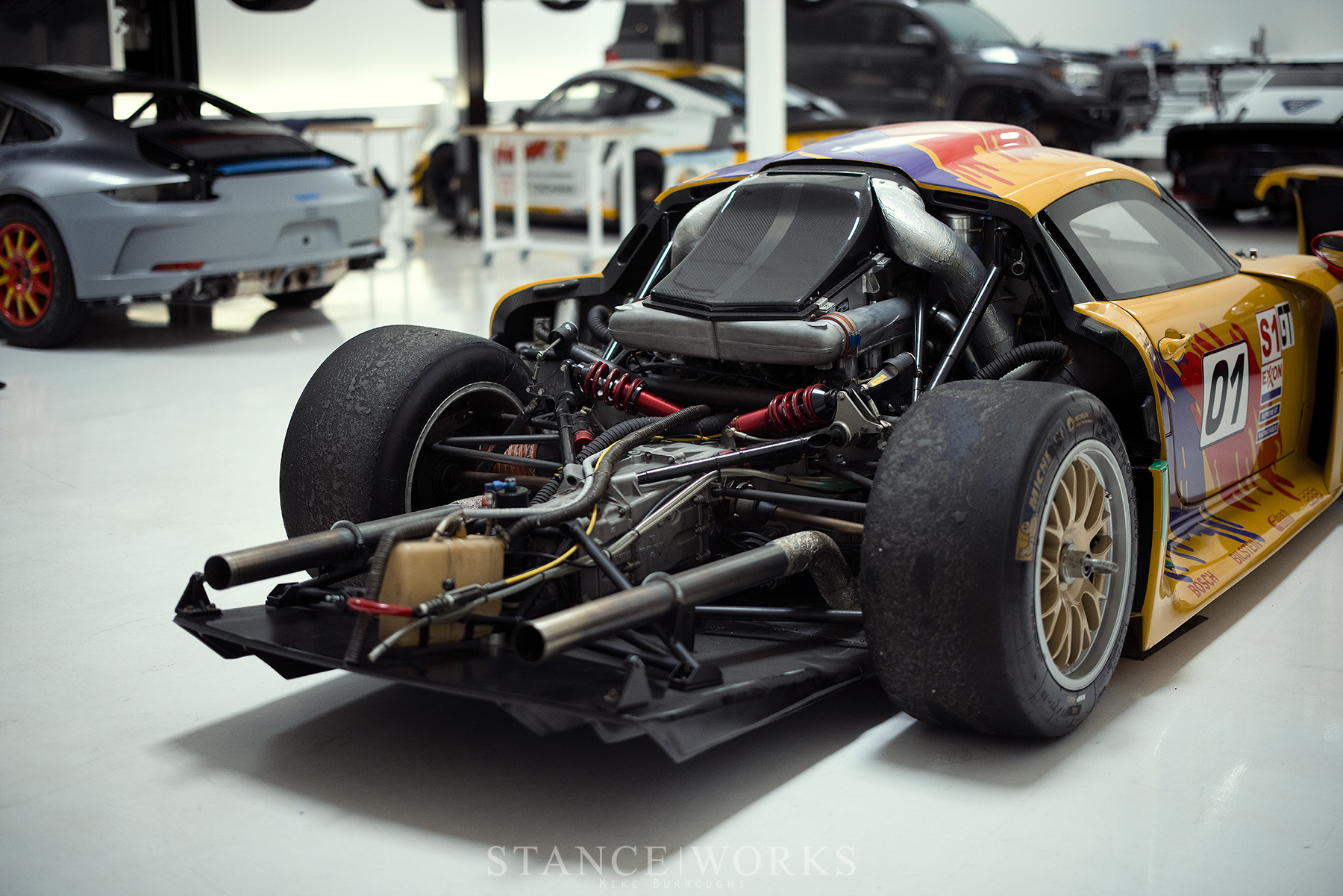


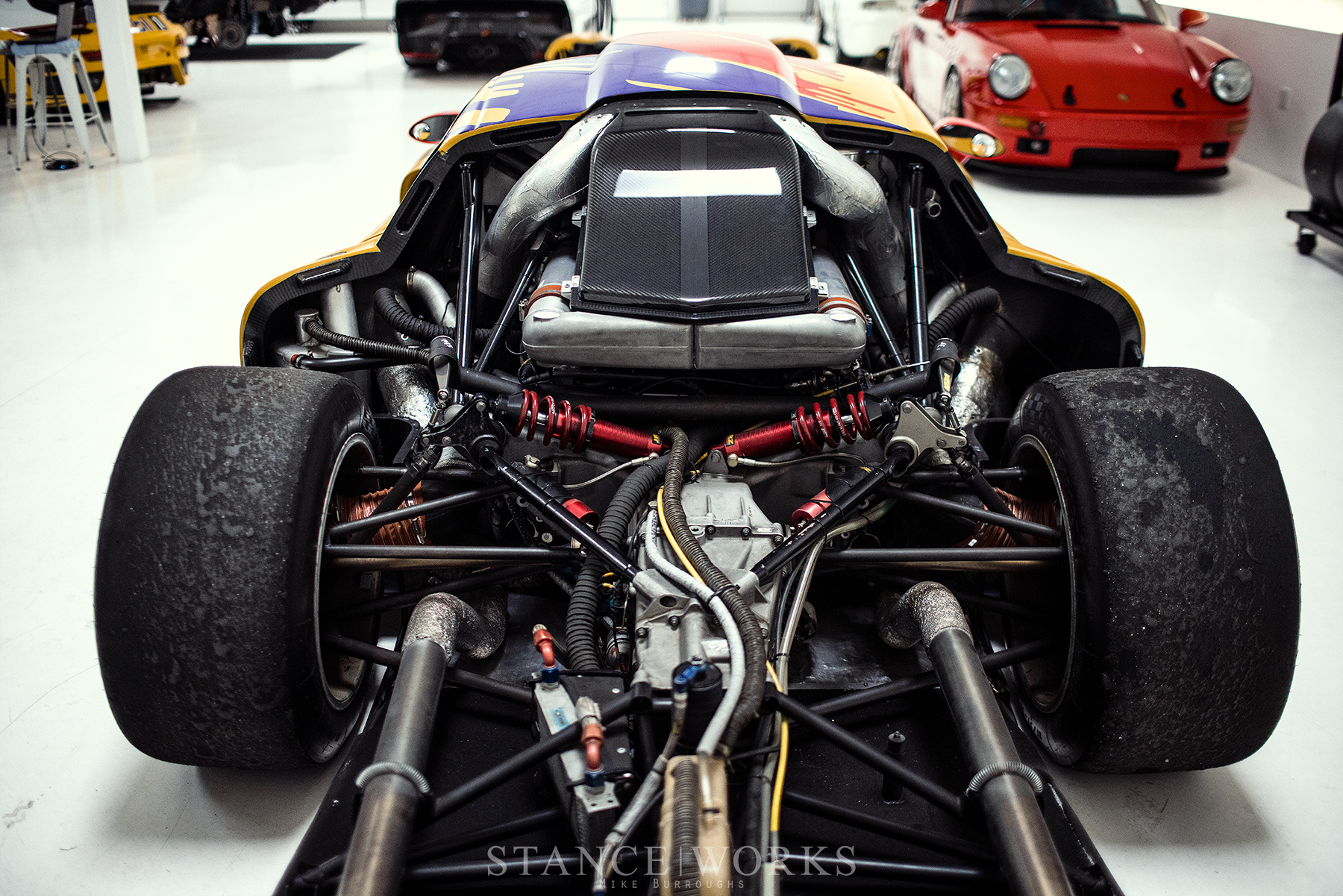
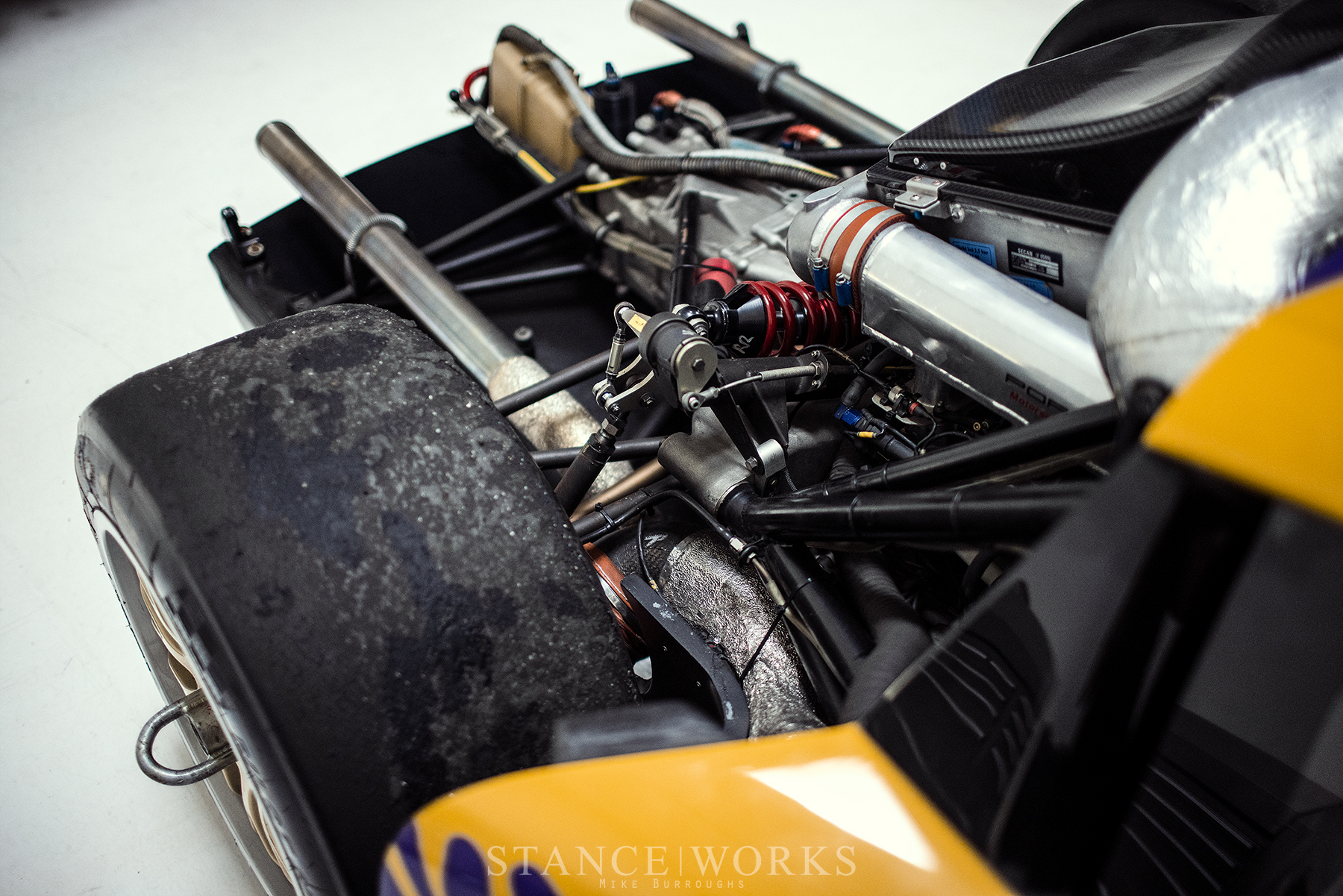
The GT1 saw a few evolutions through its stint in racing: the earliest version, the one before us now, wore the headlamps and tail lamps of the contemporary 993, then in its final year of production. For the 1997 series, the car was updated with 996 aesthetics and new aerodynamic properties, yielding even more performance than before. This rendition of the car was fittingly referred to as the GT1 Evolution. In 1998, the GT1-98 was born, this time with all new bodywork in an effort to compete with the Toyota GT-One and the Mercedes CLK-GTR. A sequential gearbox was fitted along with fuel injection changes.
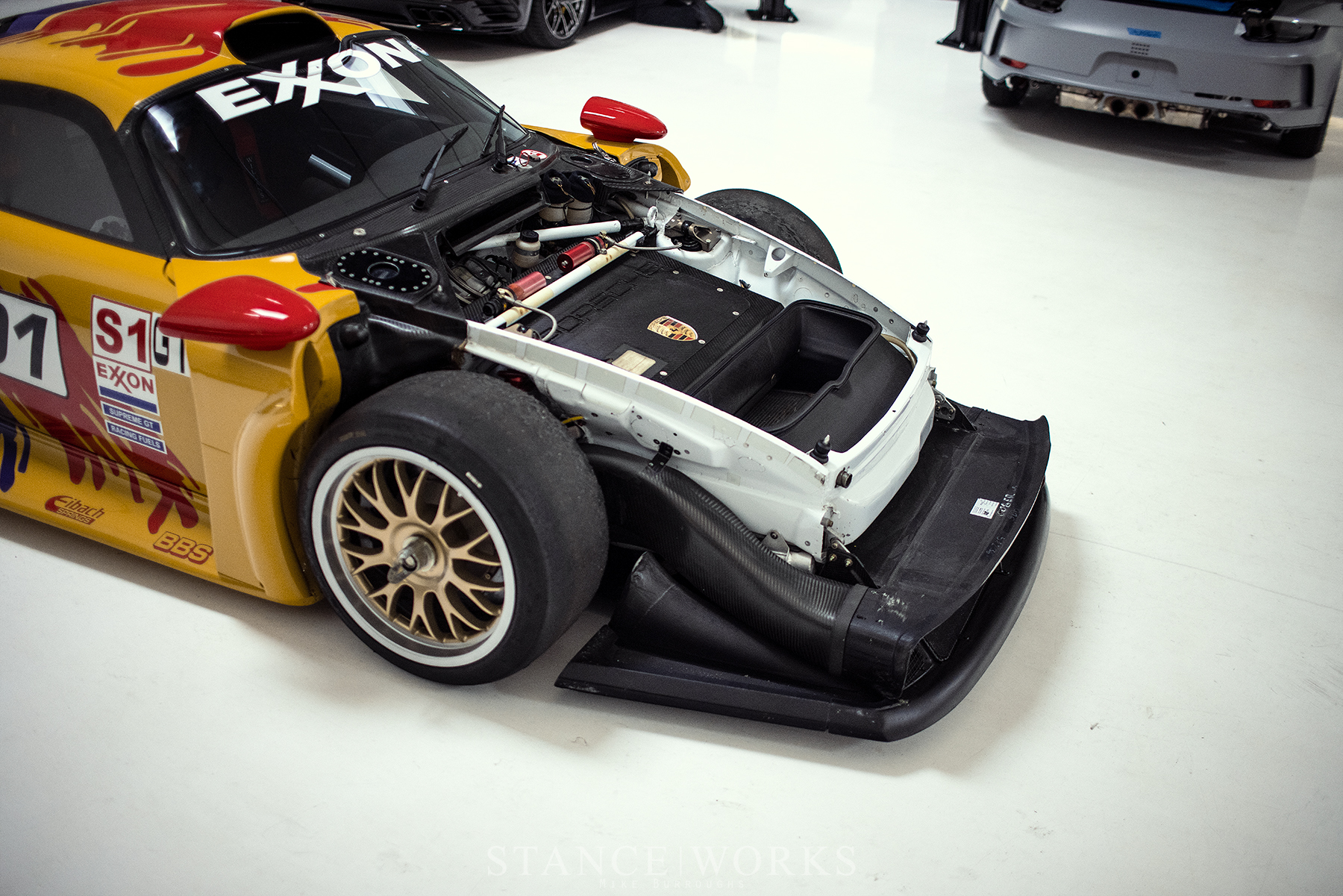

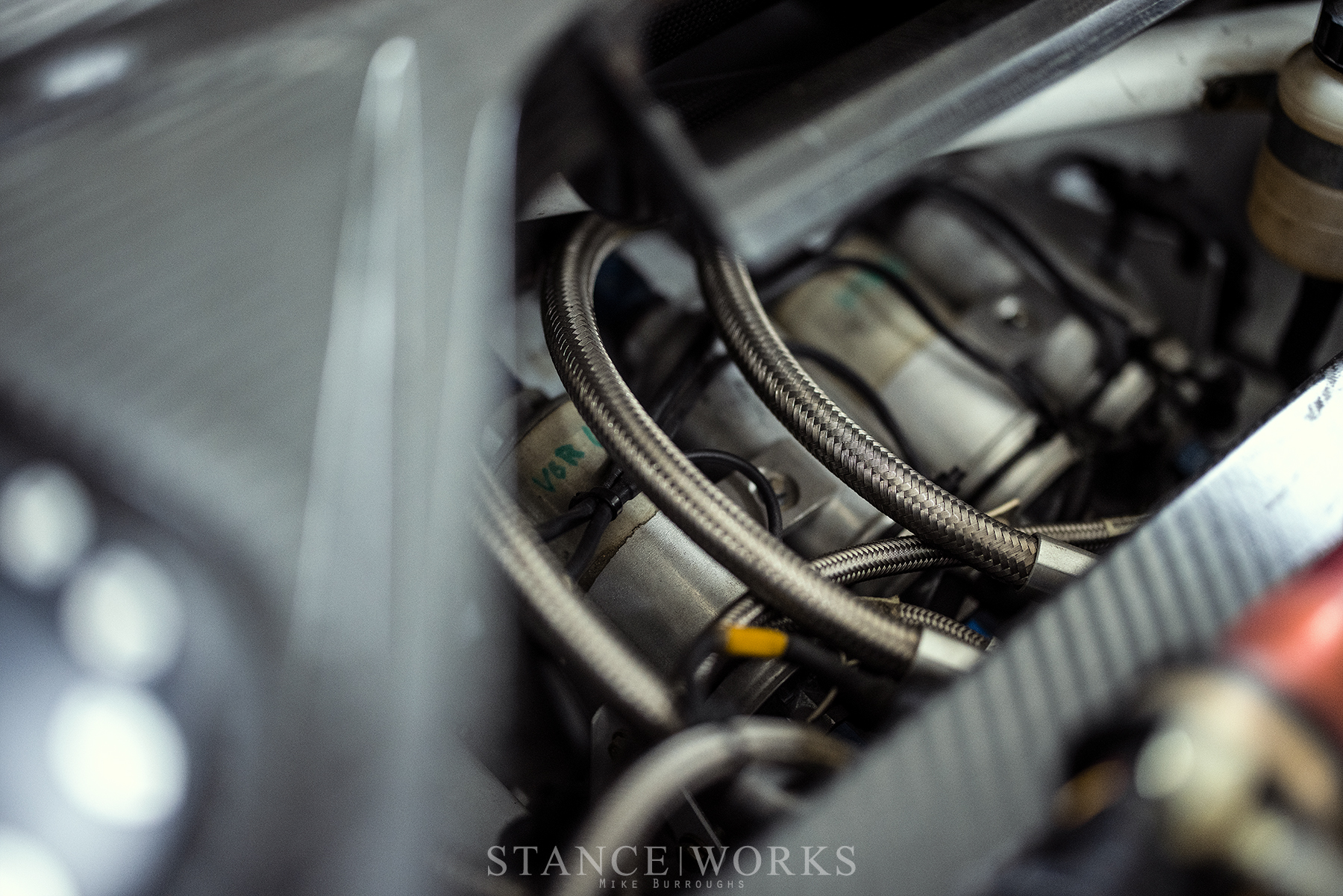
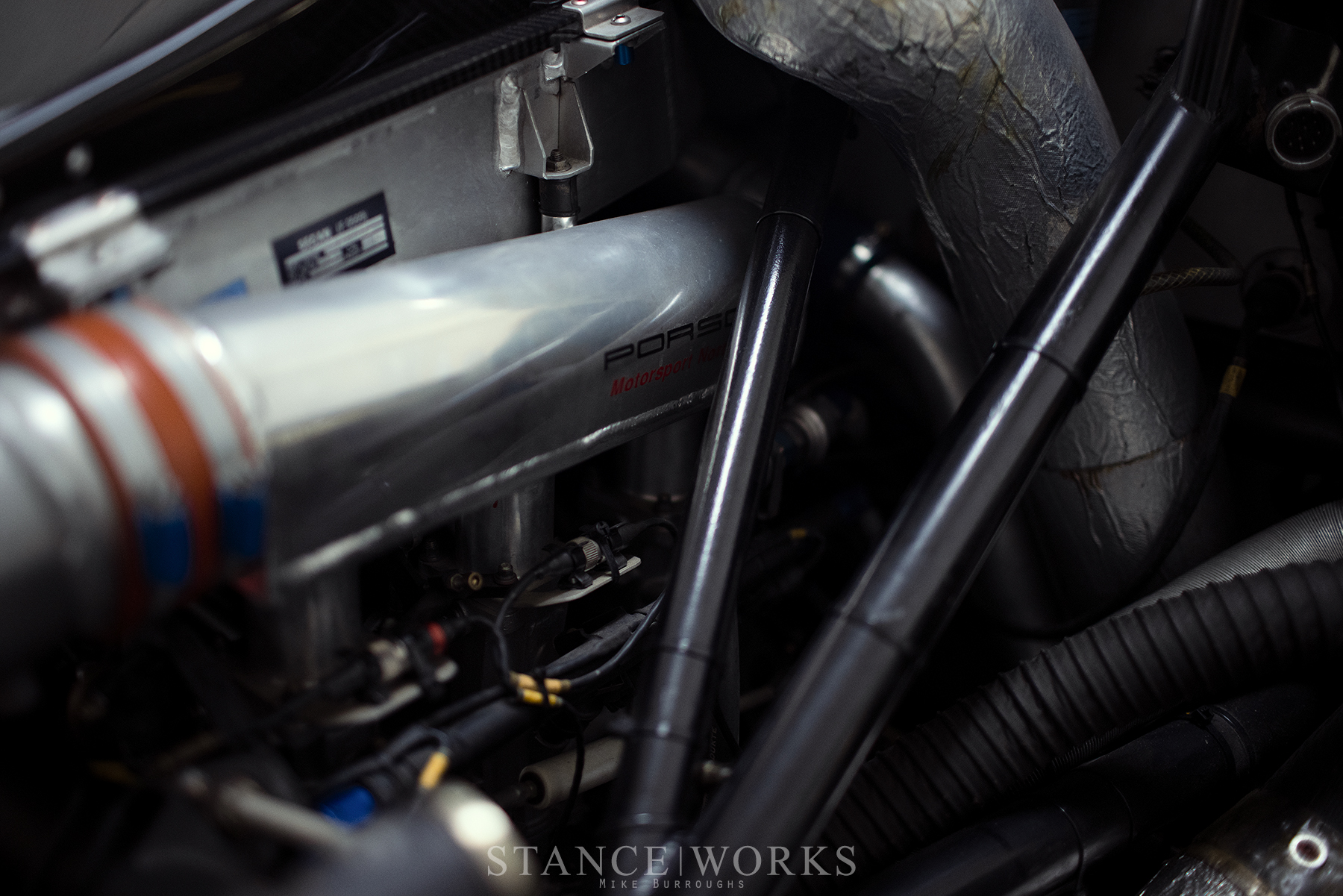
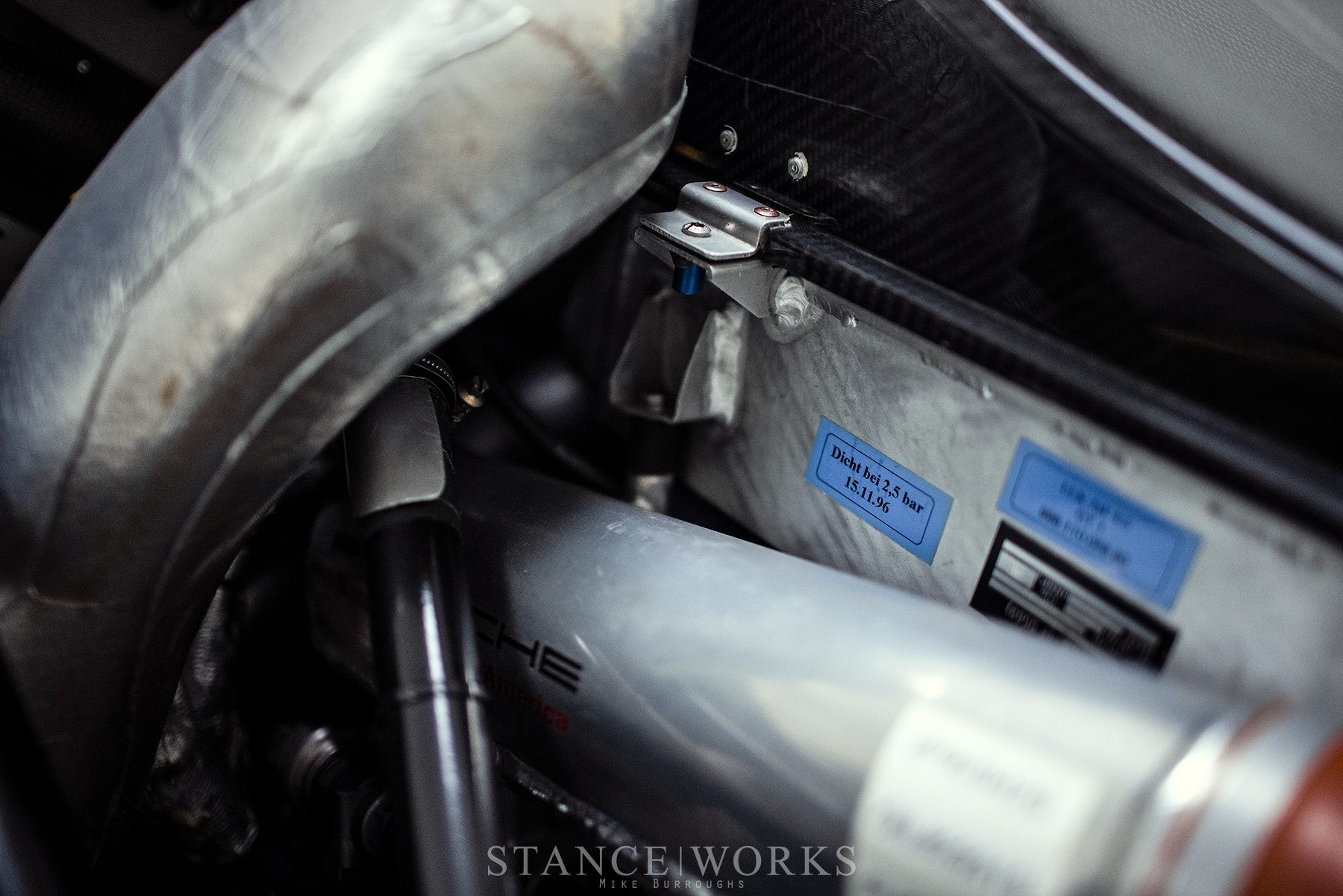
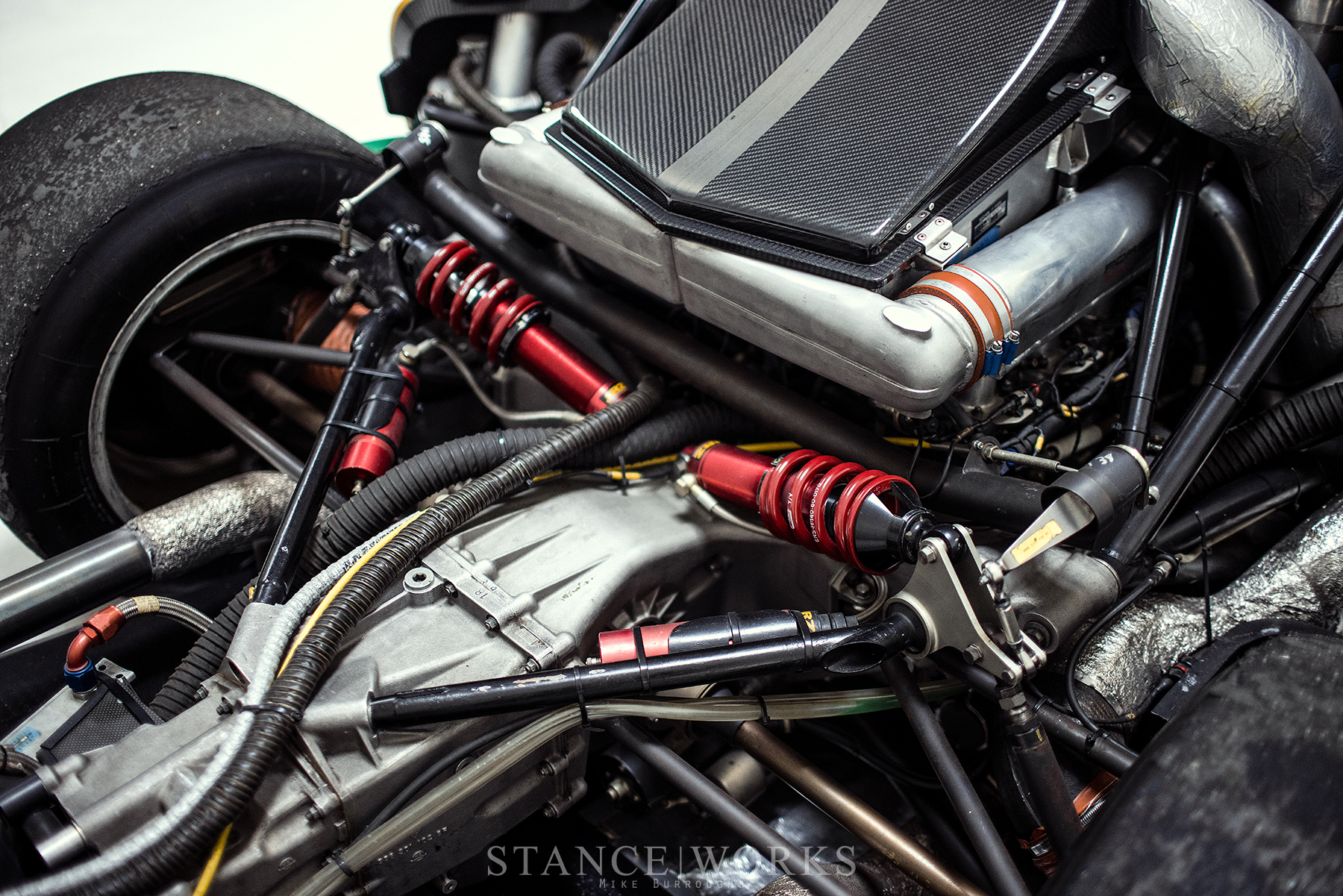
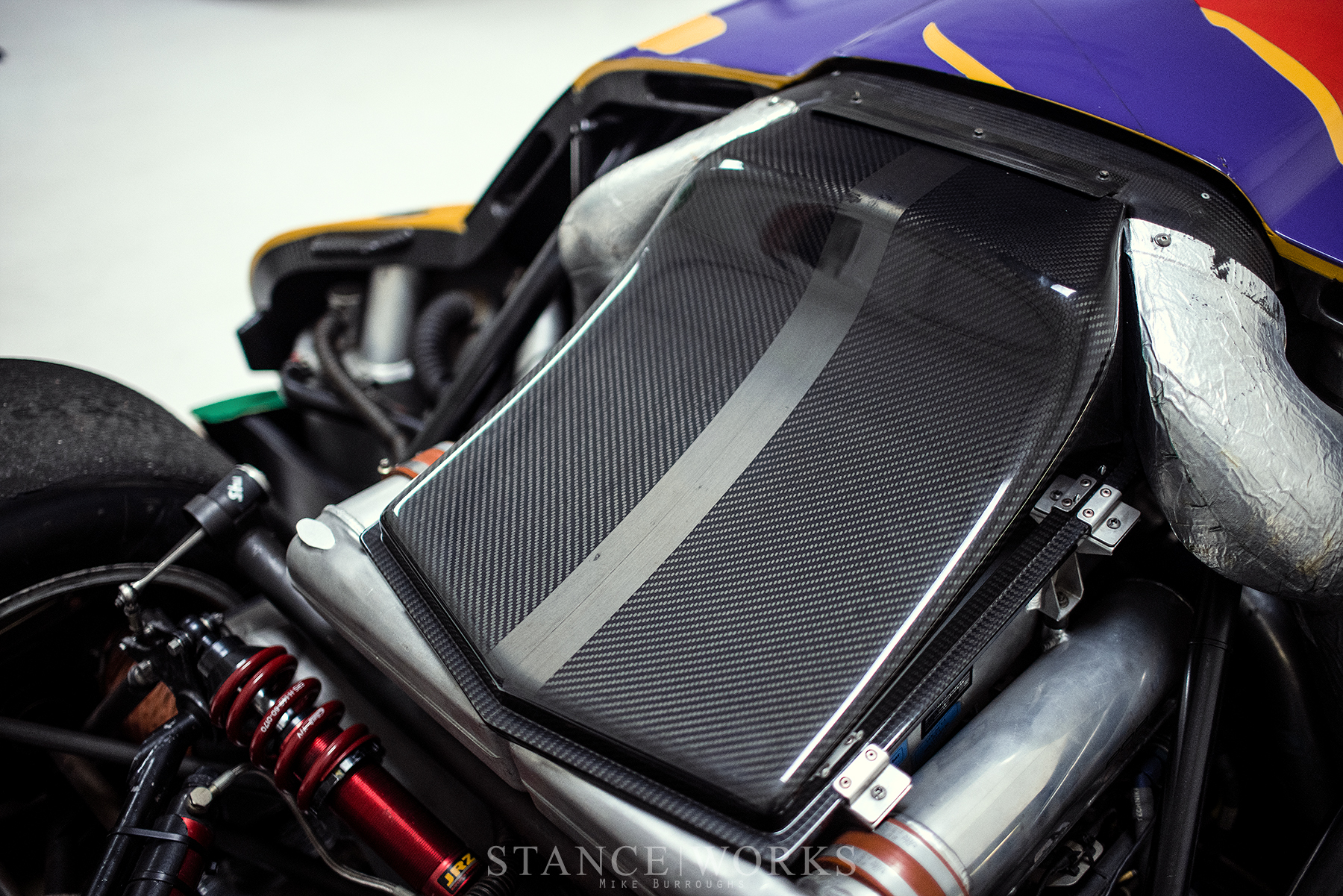
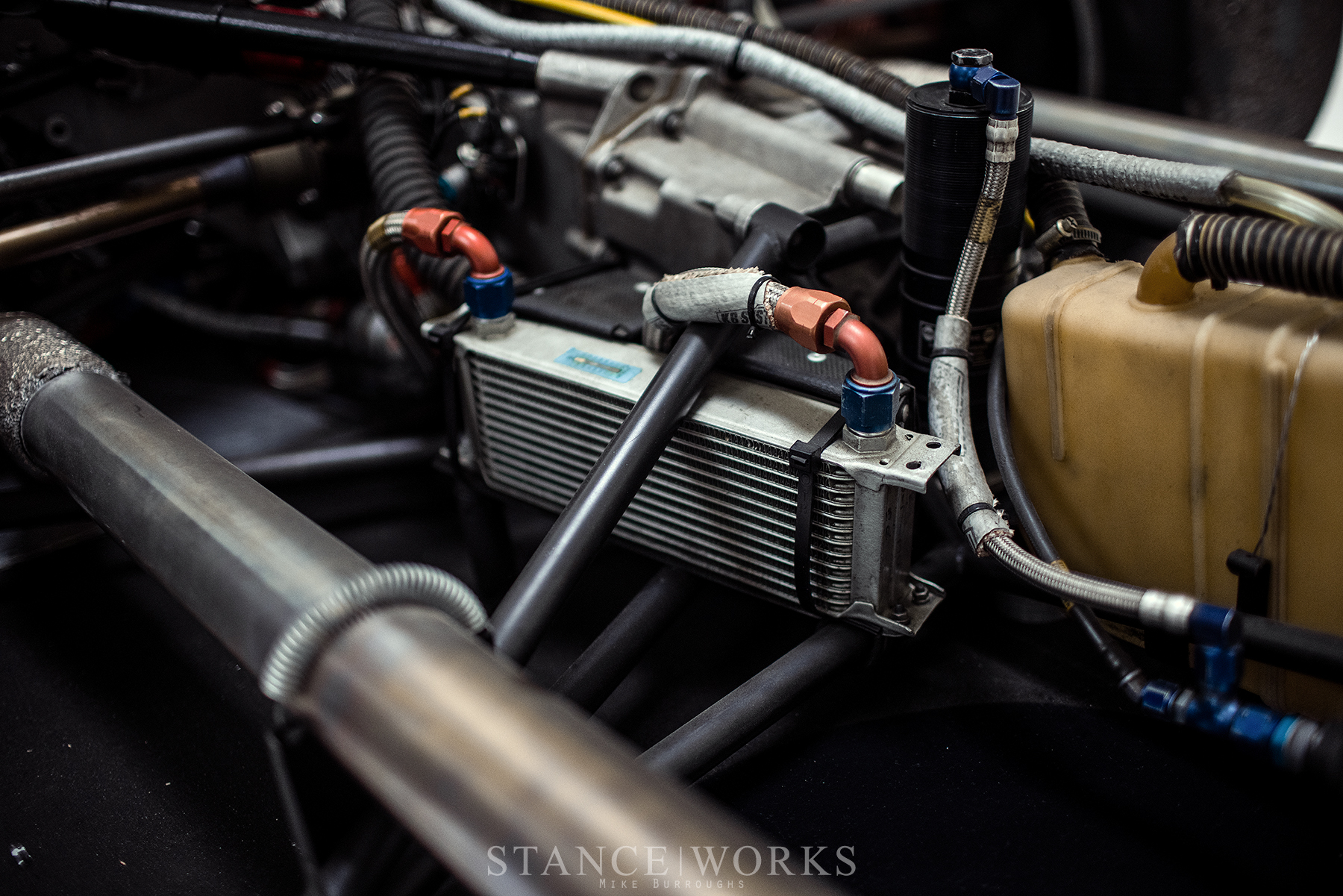

Perhaps the most interesting variant, though, is what is known as the Straßenversion. BRP Global GT and FIA GT rules require that road-going variants of the competition cars be sold to the public, and for this reason, Porsche was tasked with homologating the GT1: a street version was required if Porsche was to compete on a global level. The Straßenversion (street version) was born, and while mildly detuned to meet emissions regulations, was otherwise a race-ready counterpart to the GT1 Evolution. Porsche built 23 street cars, sold at a price of nearly $1,000,000, to allow their 18 race cars to compete.
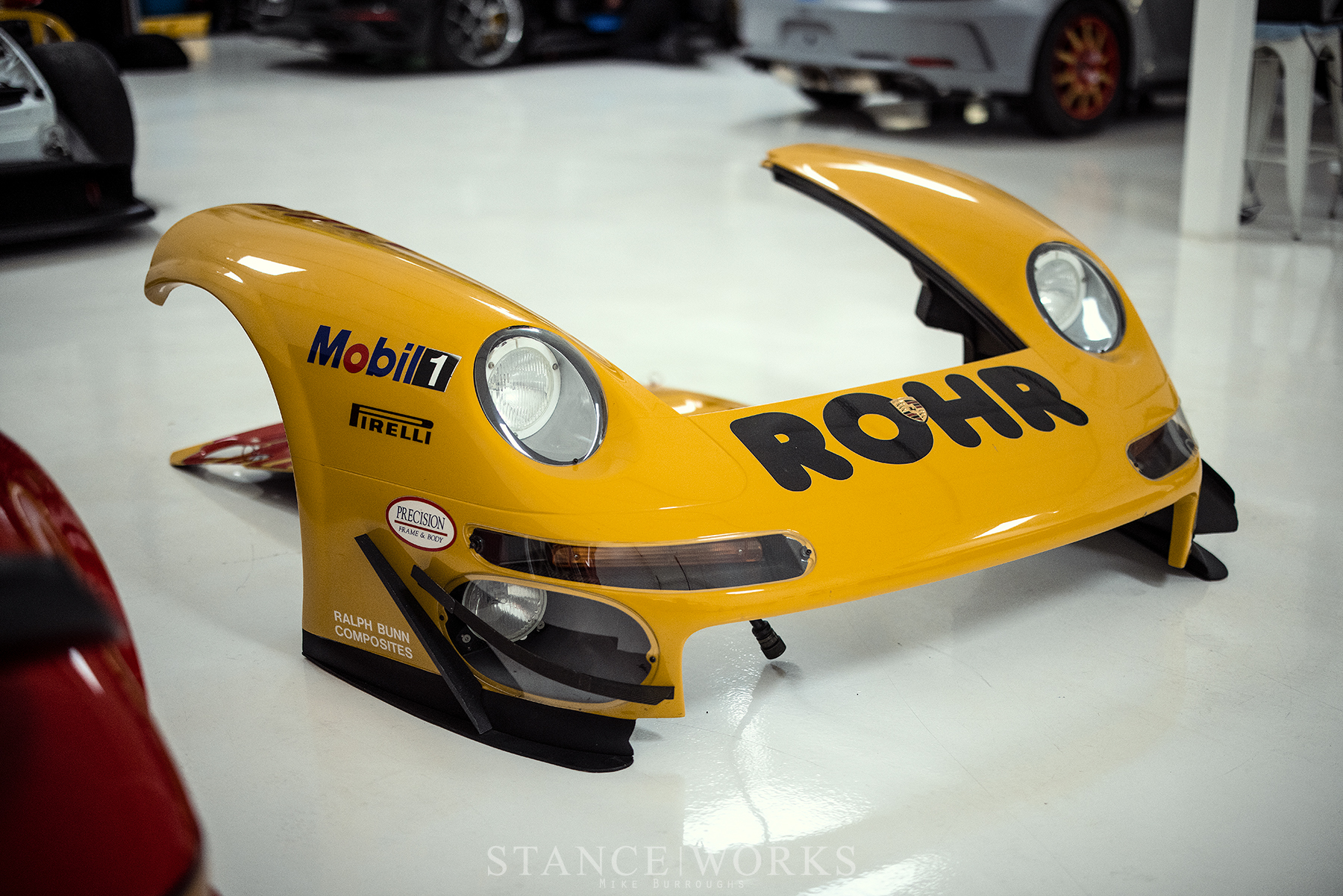
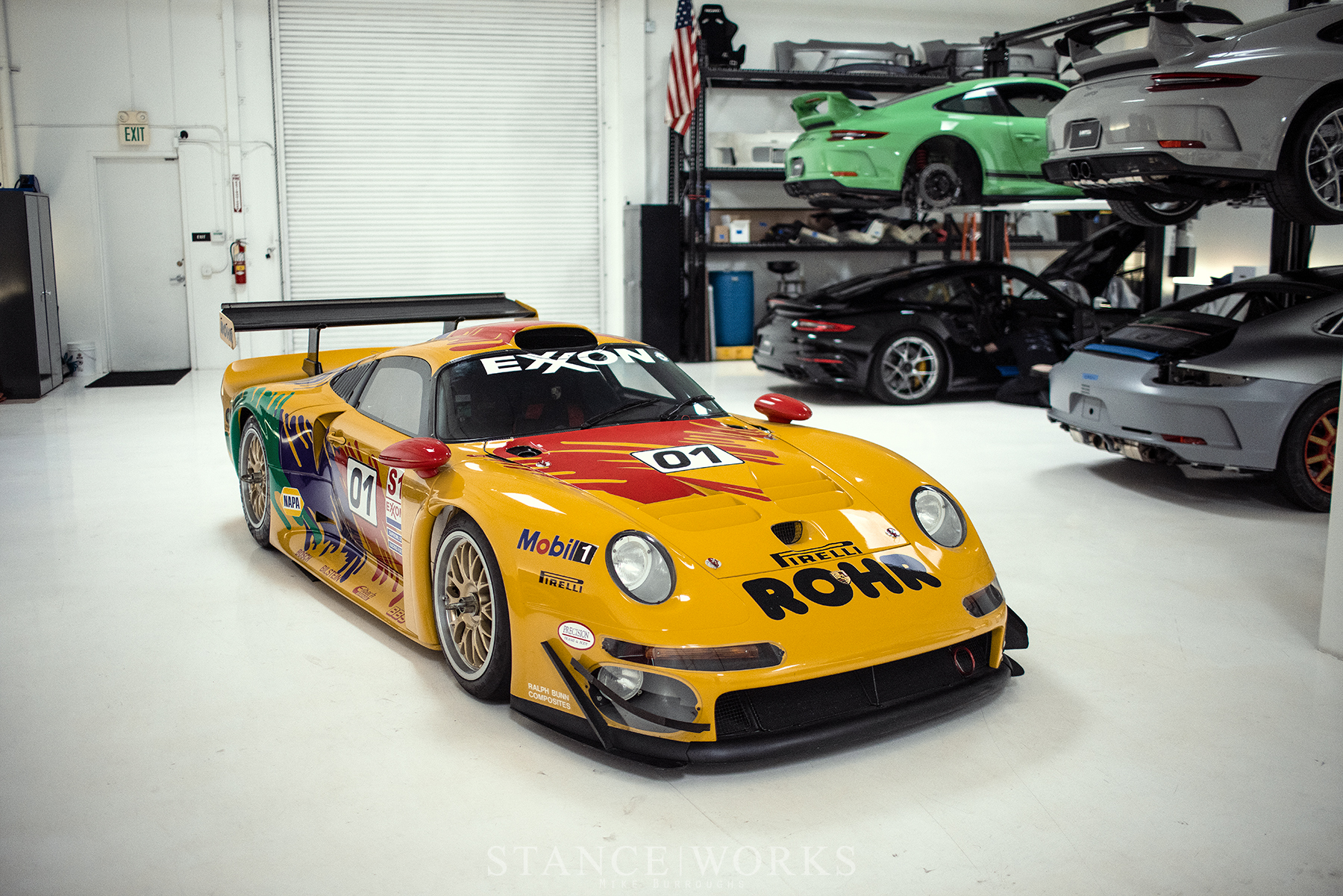
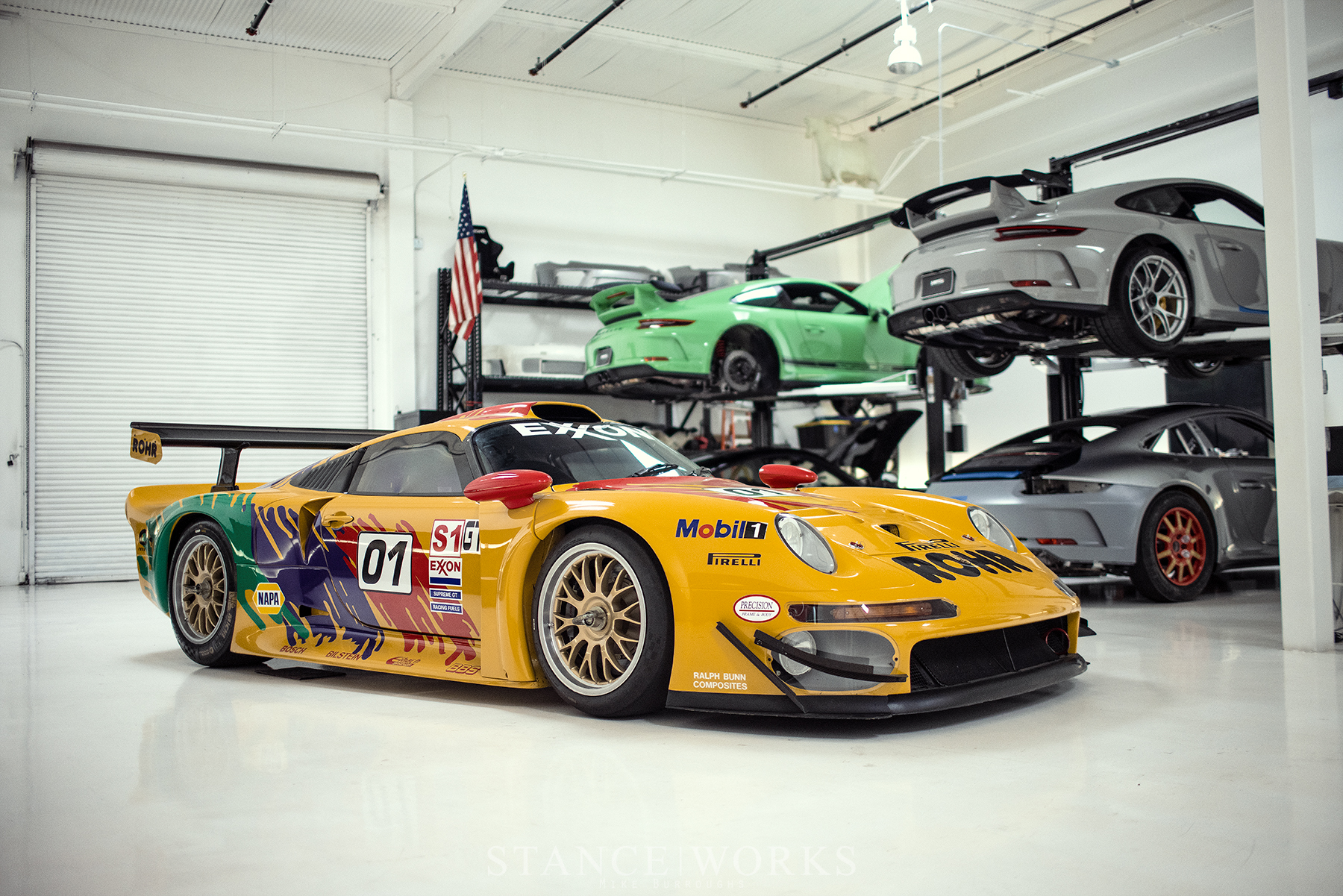
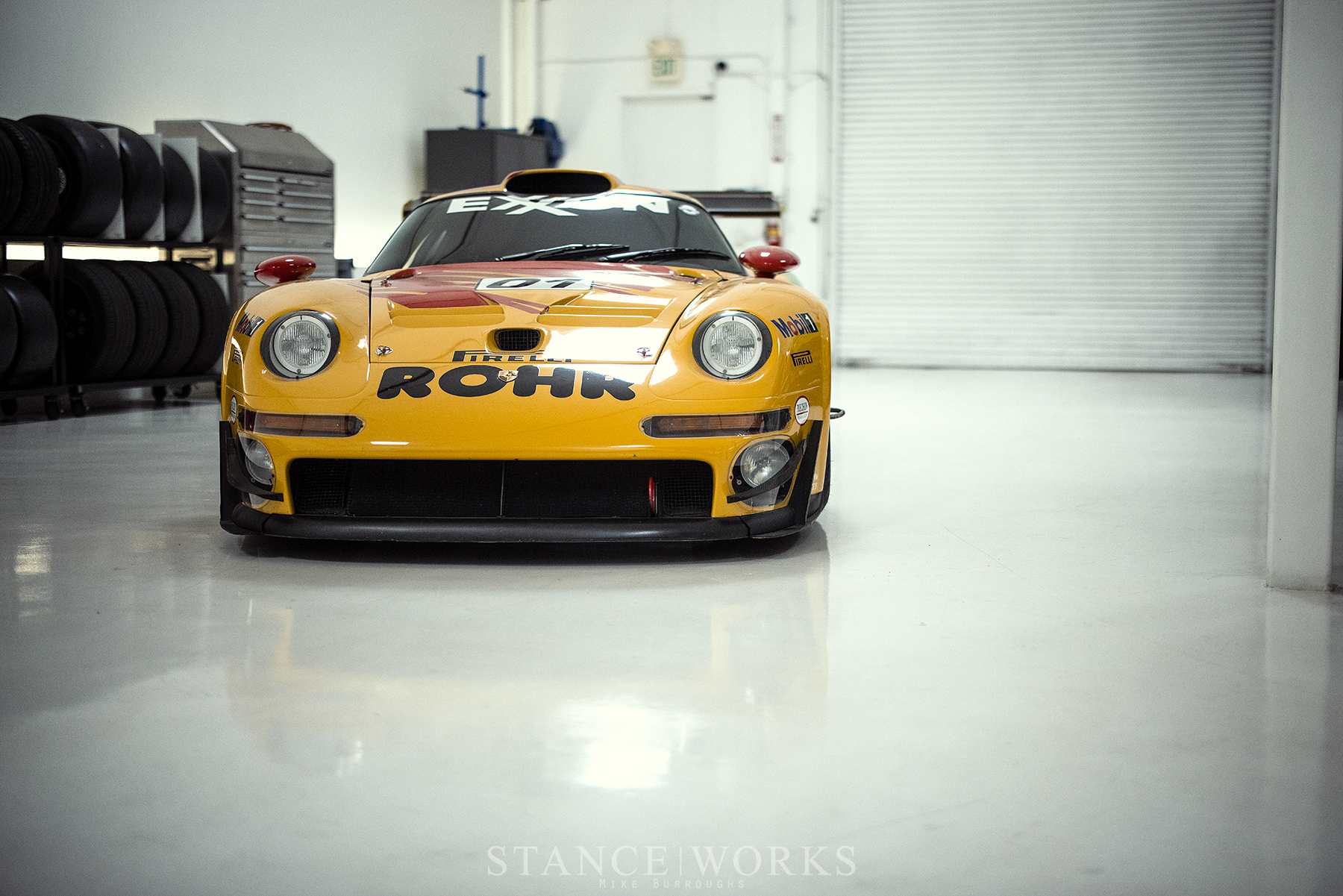
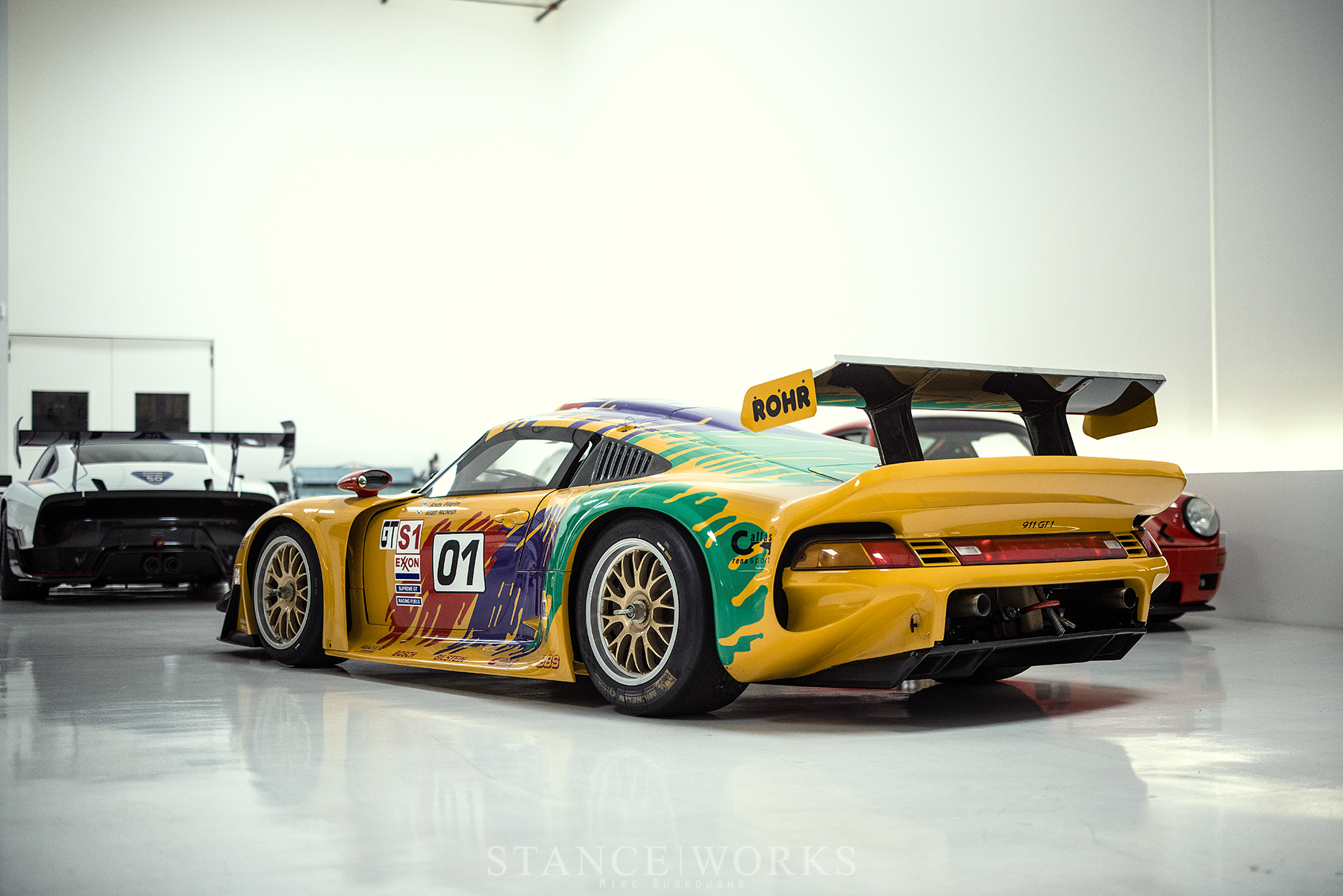
Today, we're blessed with the presence of one racing example, currently in for work at E-Motion Engineering in Costa Mesa, California. Worth some $14,000,000 or so today, it's an incredible piece of motorsports history, and now, you're able to enjoy it too.
